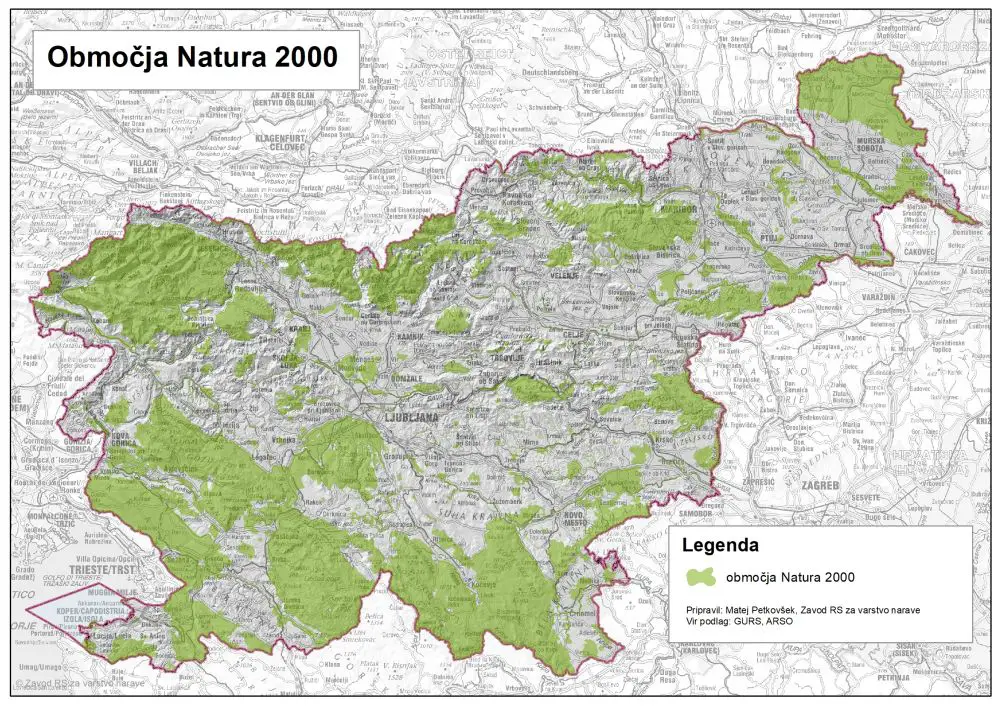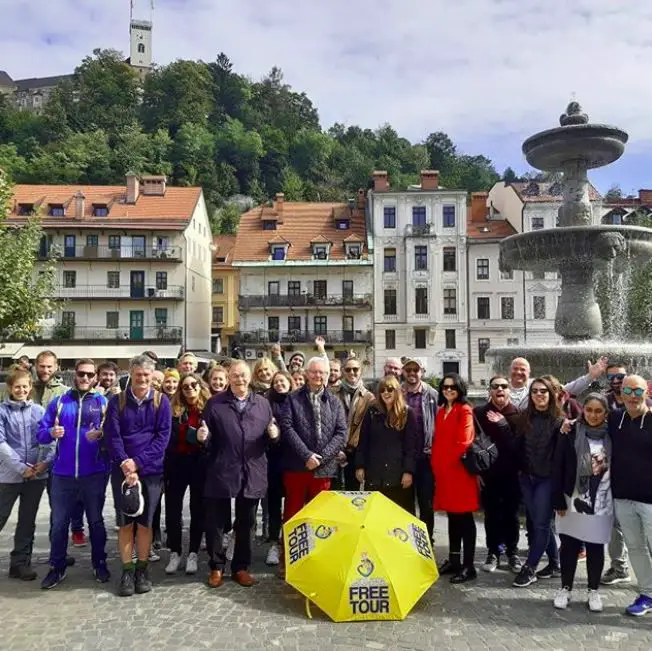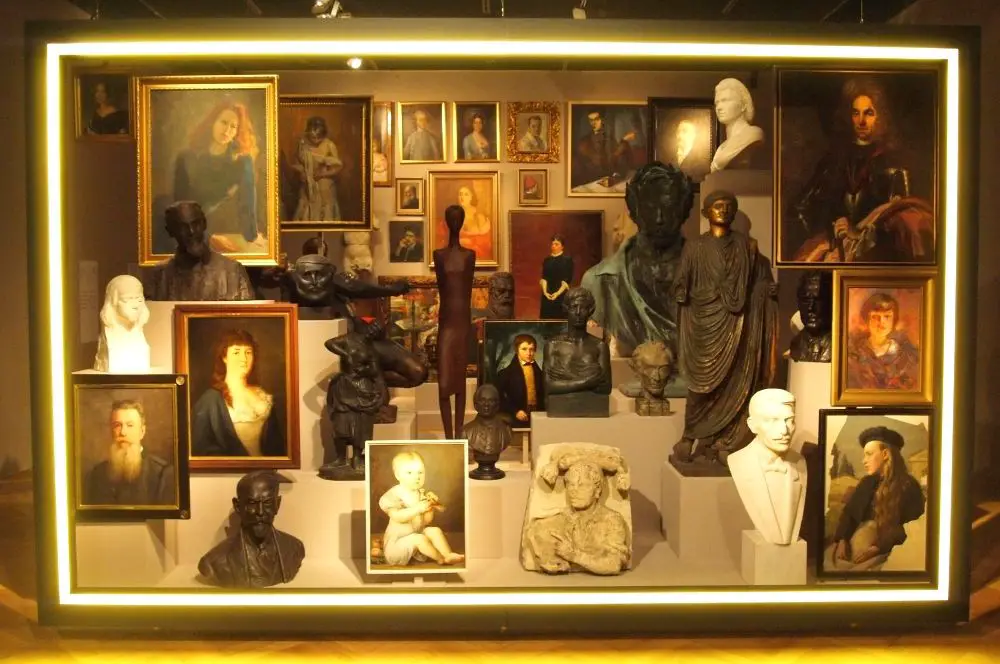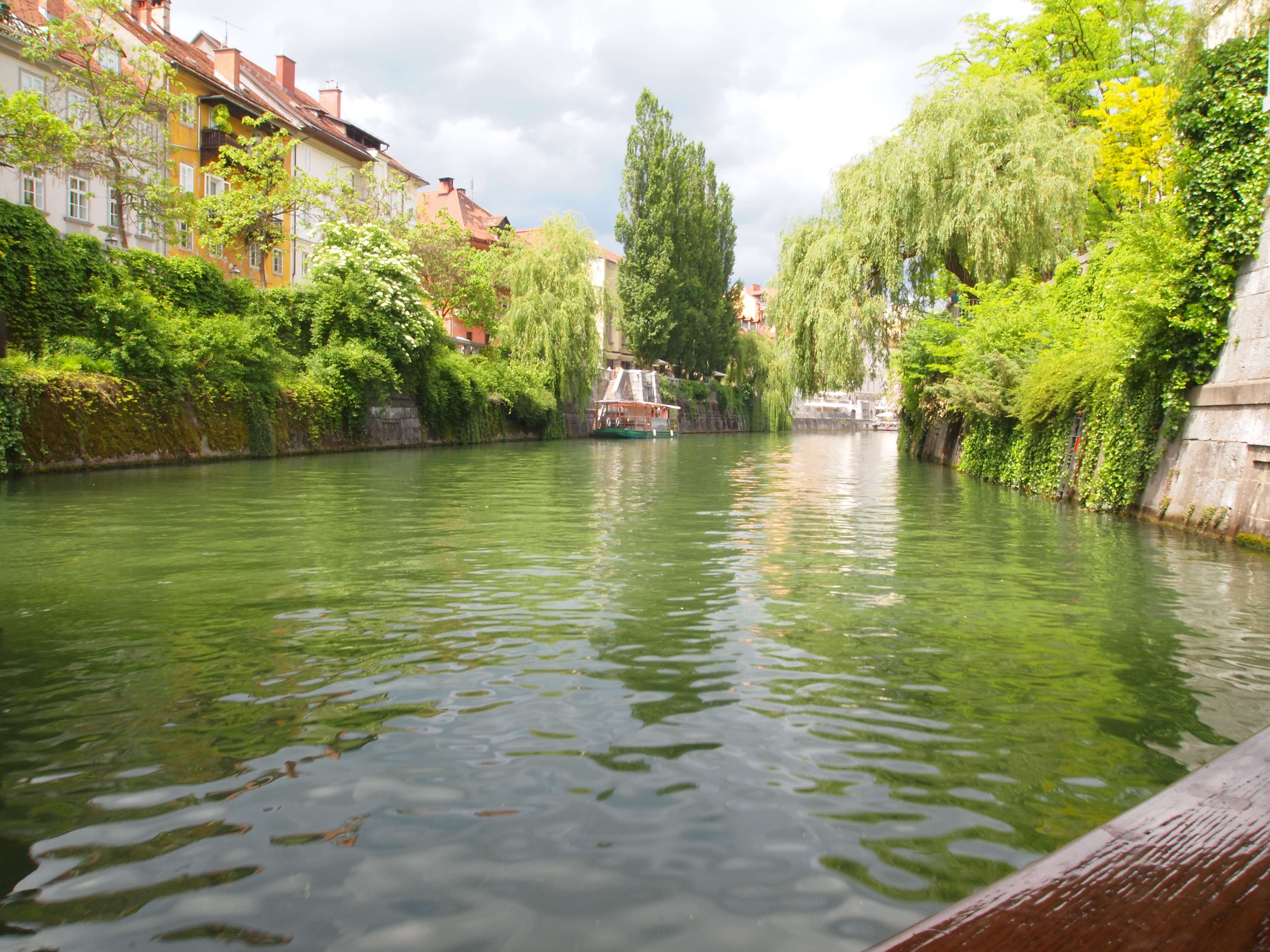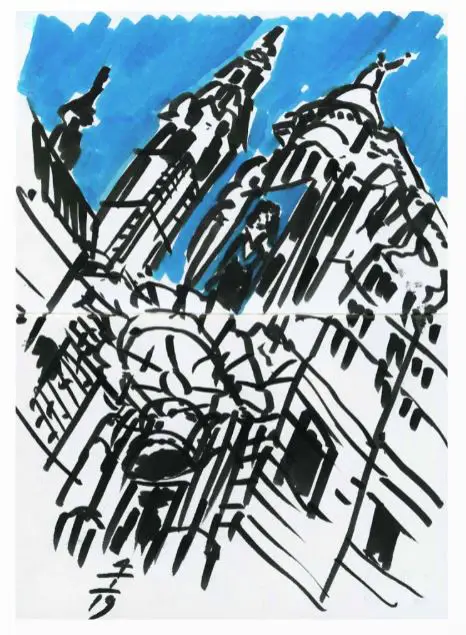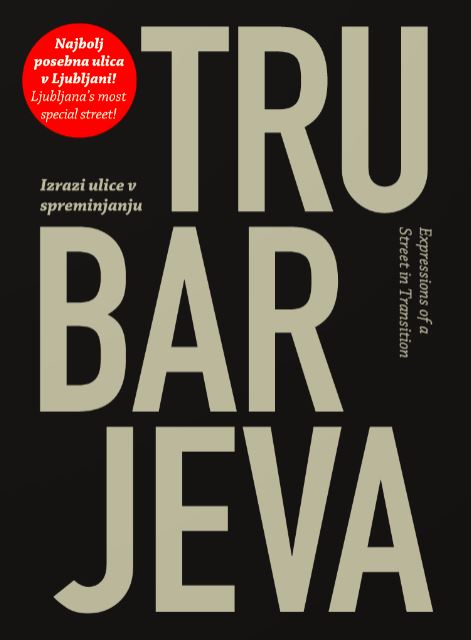Lifestyle
STA, 3 February 2020 - The Ljubljana mosque, which the Islamic community in Slovenia has been striving for decades, will be inaugurated in June after the end of Ramadan, while it will already start operating in about a week, Mufti Nedžad Grabus announced on Monday.
Presenting the Muslim Cultural Centre Ljubljana, as it is officially called, Grabus told the press the centre was a milestone event for Muslims in Slovenia, who were finally getting their own space for prayer and activities.
Grabus, who highlighted the cultural and educational aspects of the centre, looked back at the efforts to obtain the mosque, which is located just north of the city centre.
Plans for a different location failed in 2006, while the plot between Parmova and Kurilniška streets was secured in 2008 and the foundation stone laid in 2013. Construction was suspended in 2017 and resumed in 2018.
Grabus spoke of one of the most beautiful Islamic cultural centres in Europe. It has a capacity of 1,400 worshippers and comprises a 24-metre cube containing the dome and a 40-metre-high minaret.
Aside from offices, classrooms, a washing room and a residential section, it also houses a gym and restaurant. A car park is attached as well, with Grabus announcing the gym, restaurant and car park could also be rented out to help fund maintenance.
The project will end up costing slightly over EUR 34 million, roughly EUR 28 million of which was provided by donors from Qatar. EUR 2 million came from other countries while EUR 4 million was collected by Muslims in Slovenia, whose number Grabus put at around 80,000.
The mufti rejected speculation the donors from Qatar could have asked for any favours or a role in the centre's activities in return for the funding.
Prayers will be held five times a days in the mosque, while they are expected to be extended to the platform in front of it during major holidays.
Like is customary abroad, worshippers will also be summoned to prayer with the help of loudspeakers, but Grabus announced this would be limited to the centre's main platform. "We will make an effort not to upset the Slovenian public," he said.
It remains to be determined in what way the centre and mosque will be open to the general public. At present, the idea is to enable visits to the mosque when it is not used for prayer, initially free of charge and later possible for a fee.
STA, 4 February 2020 - Efforts to revive the small and heavily inbred population of lynx in Slovenia appear to be paying off as a lynx kitten has recently been captured and tagged, the descendant of a male that had been brought from Romania to diversify the population's gene pool.
Named Mala (tiny), the female kitten has been shown by genetic tests to be the descendant of Goru, one of two males captured in the Carpathian mountains that were relocated to Slovenia last year, and Teja, a female that is part of Slovenia's tiny population of the wild cats estimated to number just a dozen or so animals.
Goru had entered Teja's territory soon after he was released into the wild last May and researchers have been able to determine based on their GPS collars that the animals bred in early June.
The kitten was born in August and collared in January to improve her chances of survival after she is weaned.
"The GPS collar will allow colleagues to provide Mala with supplementary food to help her survive the critical months until full independence," said Hubert Potočnik, a researcher from the Ljubljana Biotechnical Faculty who is working on the Life Lynx project.
While researchers keep an eye on the kitten, preparations have already been launched for the relocation of additional lynx from Romania.
Two more animals have recently been captured in Romania and are to be resettled soon. The plan is to introduce a total of 14 animals from Romania to the shared Slovenian-Croatian lynx population over the course of several years, the Slovenia Forest Service said.
As already suggested in its name, Couch Festival (Kavč festival), although technically speaking a public festival, does in fact take place in people's living rooms, thereby combining elements of public performance with the safety and intimacy of a home.
In the programme there are mostly ethno-fusion concerts and puppet shows, but rock, jazz hip hop concerts and dance shows can also be found.
In previous years the festival only took place in Ljubljana, but since the concept proved to be working, its scope gradually grew so this year it is moving to various other cities around the country and over the border, including Maribor, Ptuj, Celje, Istria, Trst (Trieste), Nova Gorica and Kamnik.
Hosts, who can apply here, can say who they would like to perform in their living room and how many people they can accommodate. Visitors are asked to bring a pair of slippers, snacks and a recommended voluntary contribution for the performers.
For anyone who’d like to join as a visitor, and not a host, a free ticket needs to be booked via Eventbrite.com, then two hours before the show you’ll be sent the event’s address – within your city, of course. Since hosts can also be institutions, not only private individuals, don’t get too surprised if you get invited to a hospital, dormitory or smaller cafe.
For more on the performers, please click here.
The first version of this story had a mistake in the date of the event in the main text - it's in September, not December
It’s February, the heart of the low season, and maybe you need some motivation to get out and moving, a goal to set and make sure you end the year in better condition than you started it. For some this goal will simply be to move a little more each day, or to eat less junk food, or do a stretch or two in the shower. But if you like to aim high, and are already starting from a position of enviable strength, then take some time consider the Ironman triathlon – with swimming, cycling and running in the beautiful surroundings of the Slovenian coast, taking in Koper, Izola, Piran and Ankaran, with a trip to Italy included in with the price of entry.
The race first arrived in Slovenia in 2018, adding to the list of extreme sporting events members of the public can try their hands and feet at, along with such Red Bull sponsored occasions as the Planica 400 (usually in September) and Goni Pony, which both see competitors go up steep slopes, by foot and mini-bicycle, respectively.
Ironman, though, is a different breed, with a far more punishing, lengthy and varied task ahead of the entrants, and far fewer possibilities for wearing a costume.
The route for Slovenia's Ironman race
IRONMAN 70.3 Slovenian Istria, to give the race its full and correctly capitalized name, will start with a 1.9 km swim in the sea by Koper, followed by a 90.1 km bike ride through the town itself, followed by Ankaran, and then crossing the border to go along the picturesque Italian coast, including the town of Muggia. The cycling stage then returns to Slovenia and will challenge competitors with various ascents and descents in Istria. The last part of the race is a 21.1 km run, with the finish line by the sea in Koper.
It all sounds easy enough, from the comfort of one’s couch in February. But if you want to enter then you can register here and start planning your training regime, with just six months to go until the big day, Sunday 6 September 2020
What’s more, if you’re a truly competitive beast – and if you weren’t, would you be considering an Ironman? – then note that the race offers qualifying slots for the 2021 IRONMAN 70.3 World Championship in St. George, Utah (USA). The official website, with all the details, can be found here.
As a child growing up in Logatec, I cannot remember a winter in which snow wouldn’t present a major element in the organisation of everyone's lives. Adults hated it, children loved it. It presented numerous possibilities for free outdoor play, another disappearing element of our societies today.
1952 was a record year for snowfall in Slovenia. A 146cm snow cover was measured in Ljubljana, while reports from other parts of Slovenia were hindered due to damaged communication lines.
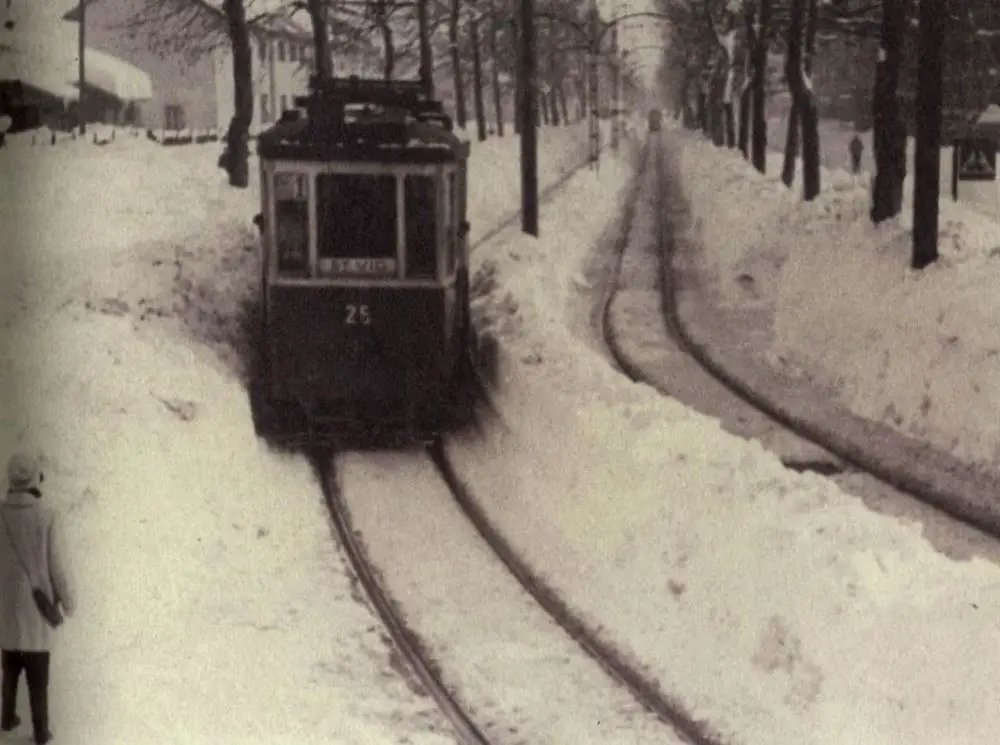
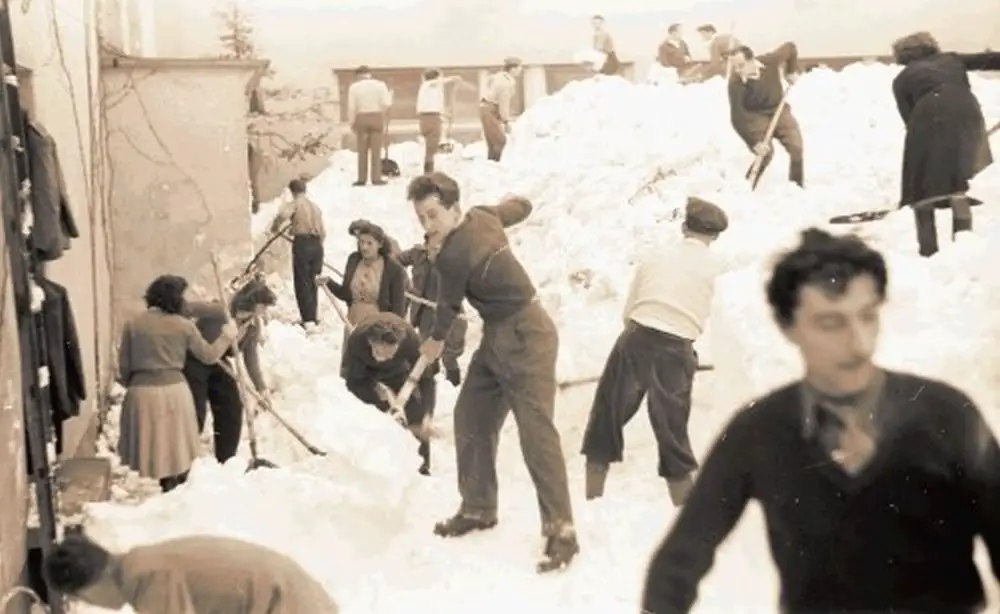
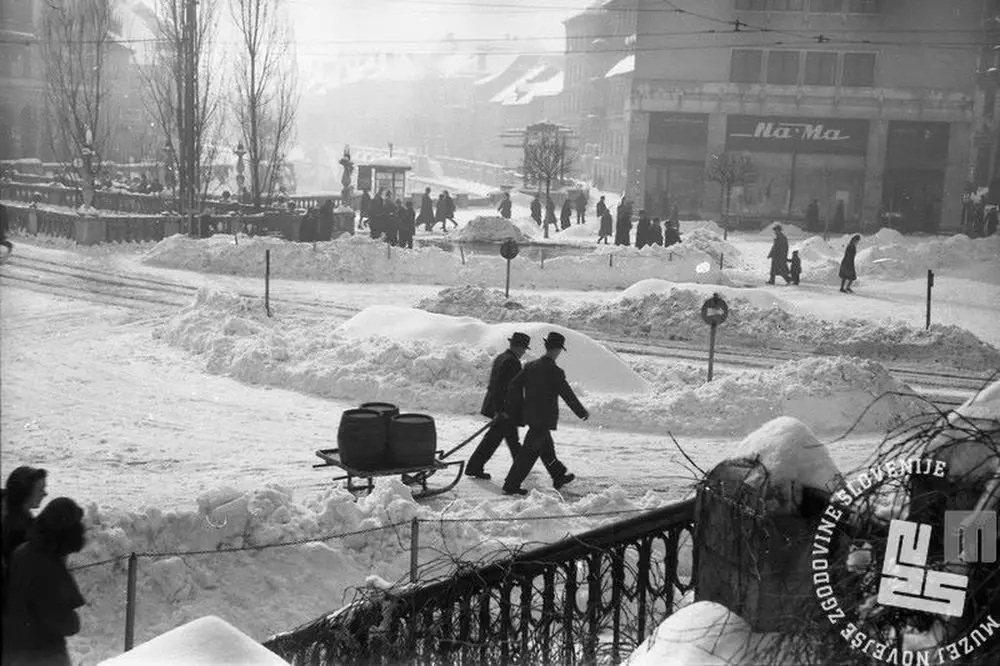
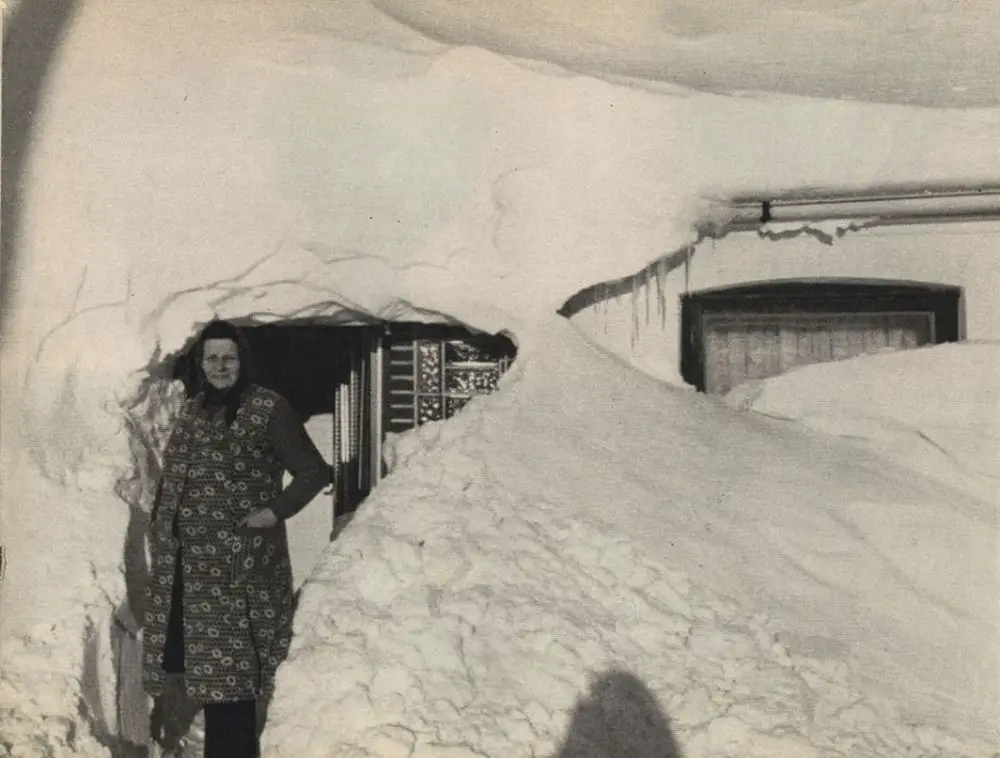
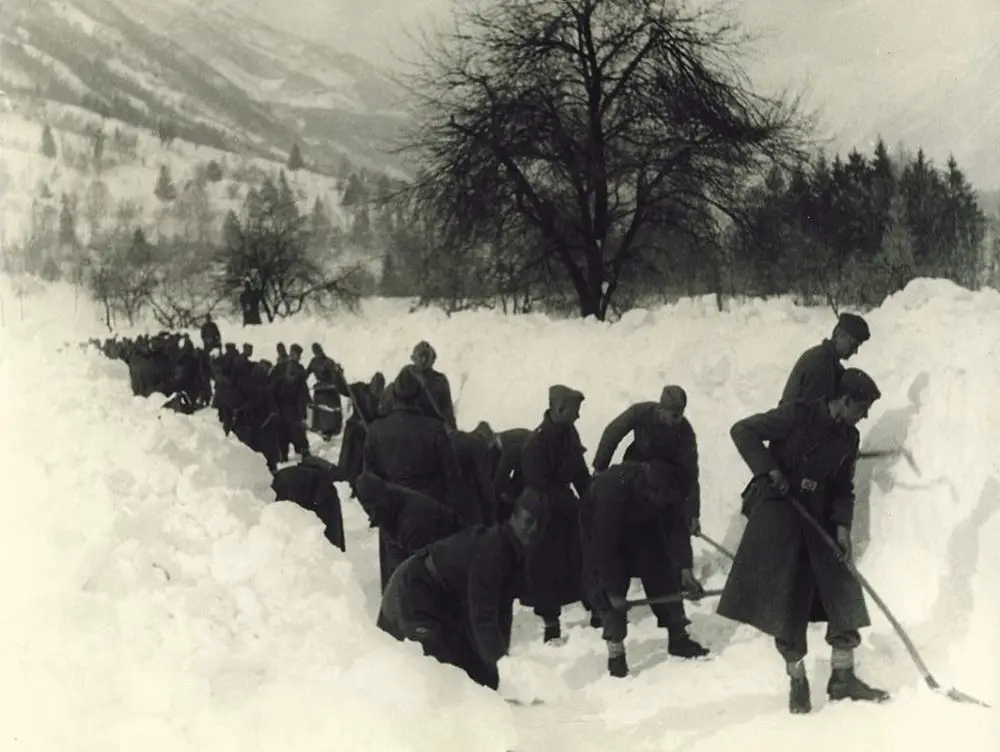
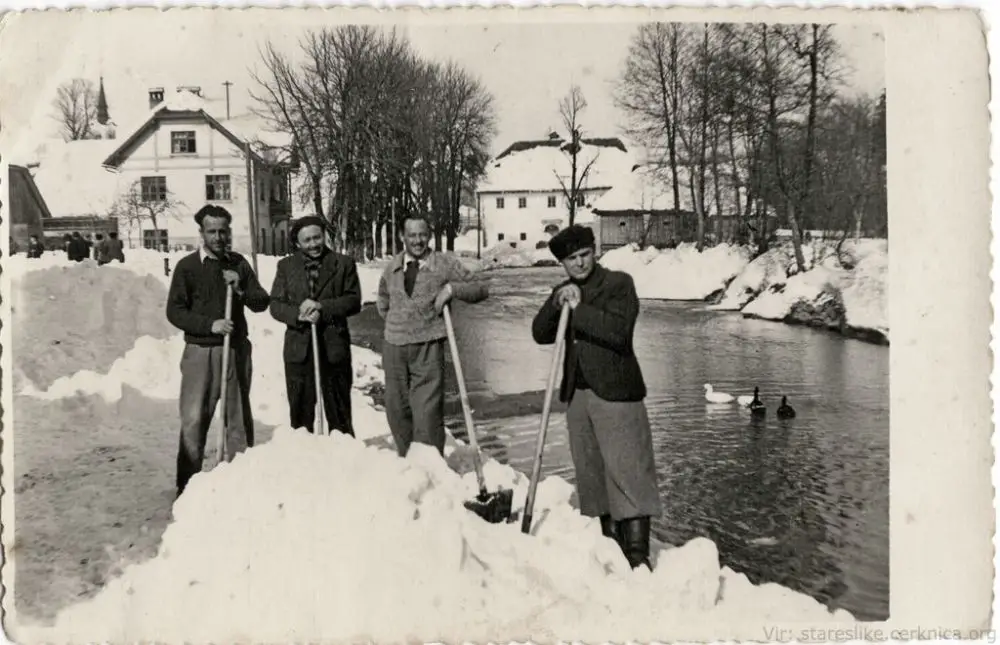
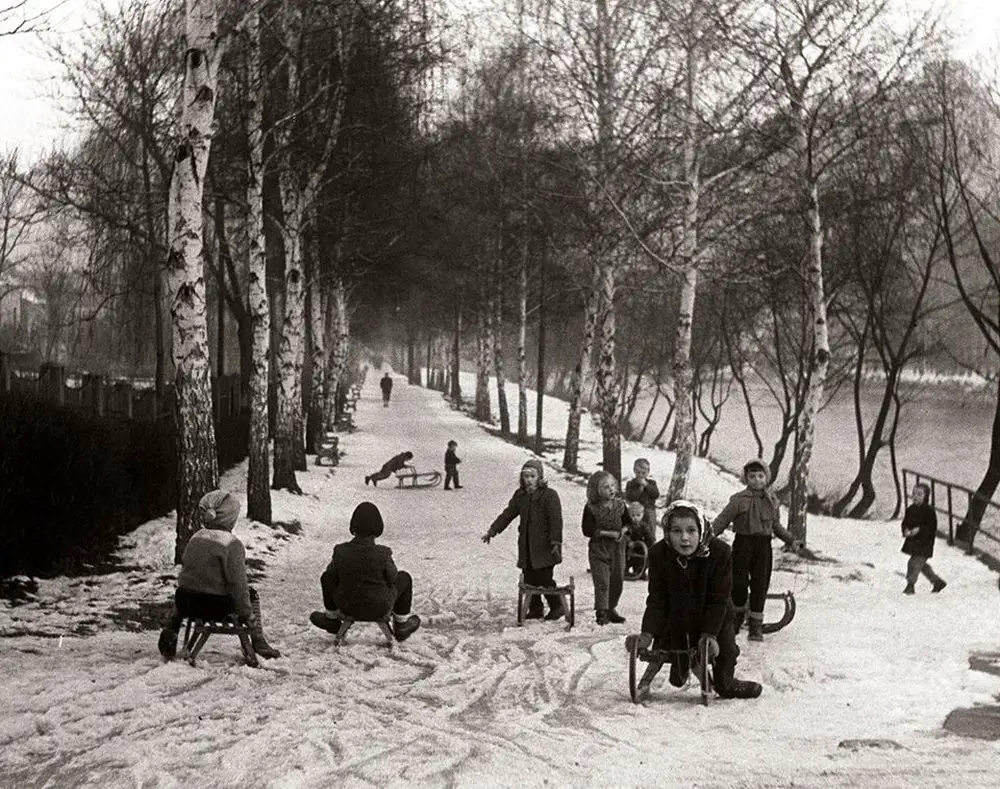
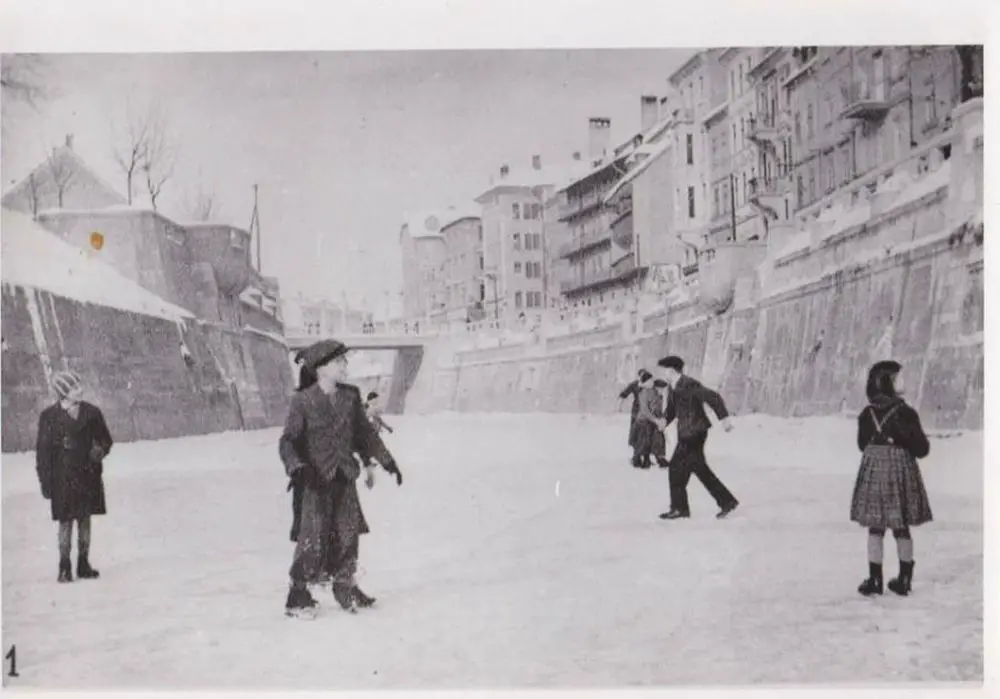
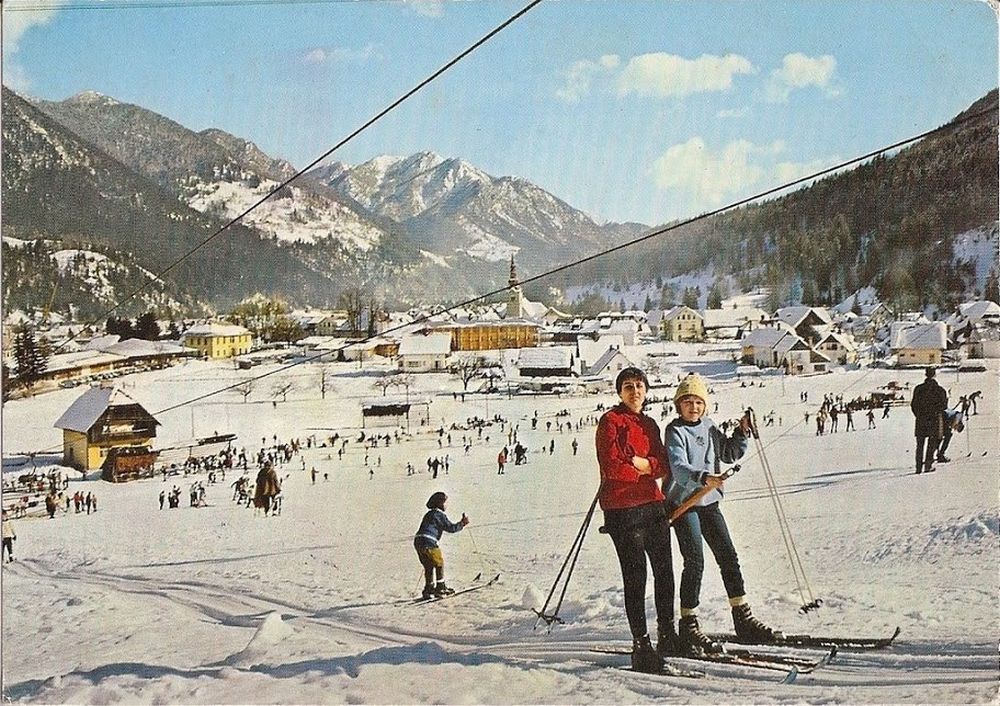
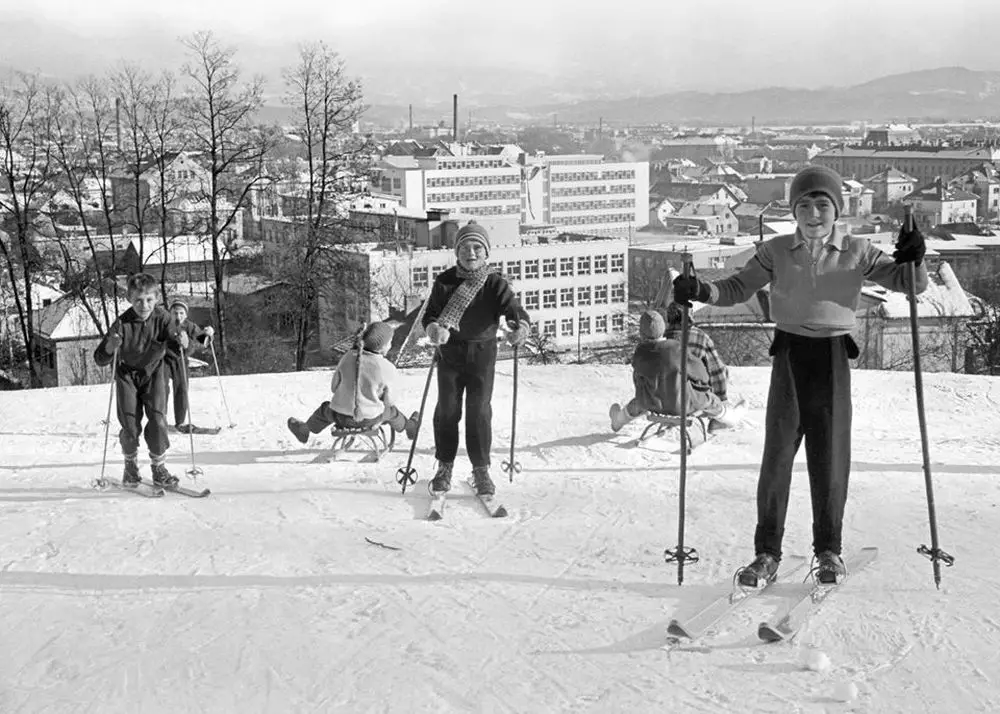
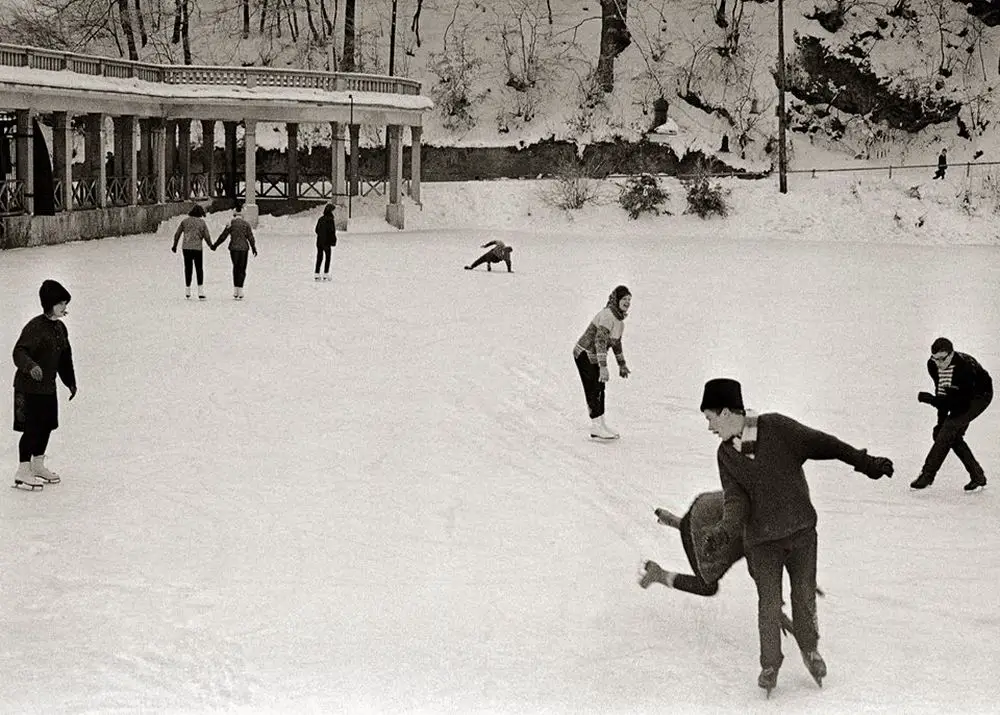
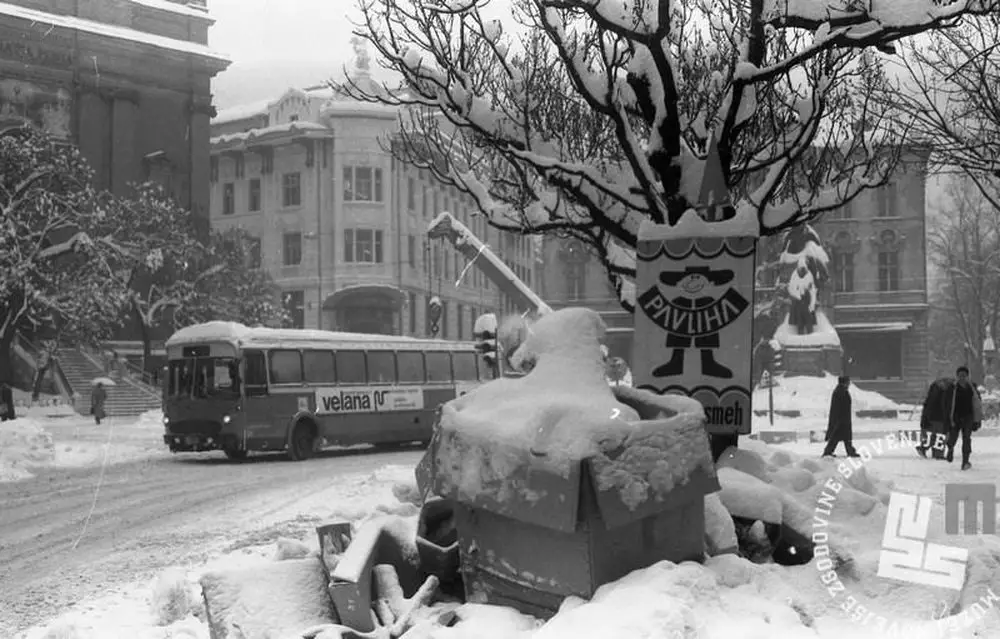
Keep up with the daily news in Slovenia by checking the morning headlines here. What to find out what happened last week in Slovenia? Look no further.
The following schedule was prepared by the STA:
MONDAY, 3 February
LJUBLJANA - A police trade union will stage a 4-hour token strike.
LJUBLJANA - Robert Šumi, a teacher at the police academy, is expected to hold a public presentation after having been picked the next head of the Commission for the Prevention of Corruption.
BRDO PRI KRANJU - A forum of the Slovenian Business Club, to be addressed by President Borut Pahor.
LJUBLJANA - A press conference will be held ahead of the launch of the new Muslim cultural centre in Ljubljana.
LJUBLJANA - Youths for Climate Justice will organise a panel on how to decarbonise Slovenia.
TUESDAY, 4 February
LJUBLJANA - President Borut Pahor is expected to launch official consultations with parliamentary parties following the resignation of Prime Minister Marjan Šarec.
BRDO PRI KRANJU - The intergovernmental Slovenian-Belarus commission for cooperation in trade and economy, and science and technology will hold a session.
ŠOŠTANJ - A Šalek Valley environmental movement will host a round table about the effects of potential waste co-incineration at the TEŠ thermal power plant.
BRDO PRI KRANJU - The Bloudek Awards for achievements in sports will be conferred.
WEDNESDAY, 5 February
LJUBLJANA - The parliamentary Defence Committee will debate the recently unveiled white paper on defence.
LJUBLJANA - PricewaterhouseCoopers will present a survey it conducted among Slovenian managers and host a debate about business challenges in 2020.
LJUBLJANA - The publication Koroški Politični Zbornik 2019 will be presented at the Austrian Embassy in Ljubljana.
LJUBLJANA - The Employment Agency will release data on unemployment in January.
LJUBLJANA - The Nutrition Institute will declare the most innovative foods of 2020.
LJUBLJANA - The MENT Festival of contemporary alternative music will start.
THURSDAY, 6 February
LJUBLJANA - The caretaker government will convene for its weekly session.
LJUBLJANA - The parliamentary Economy Committee will debate government amendments to the industrial property act.
FRIDAY, 7 February
BRUSSELS, Belgium - Outgoing Prime Minister Marjan Šarec will meet European Council President Charles Michel.
LJUBLJANA - Top artists will be honoured with the Prešeren Prizes on the eve of Culture Day.
LJUBLJANA - An international two-day Women Economic Forum Conference will start.
LJUBLJANA - The Statistics Office will release data on trade for 2019 and January inflation.
SATURDAY, 8 February
LJUBLJANA - A number of events will be held to observe Culture Day, celebrated on the anniversary of the death of Romantic poet France Prešeren.
SUNDAY, 9 February
No major events are scheduled.
If you're not in town for the week of this guide (3 - 9 February, 2020) then you can see all the editions here, and if there's event or activity you want to promote in a future edition of What's on in Ljubljana please get in touch with me at flanner(at)total-slovenia-news.com or try and find me on Facebook. If you want something a little different and easy to print, then a comprehensive PDF of events for the next seven days, as prepared by Ljubljana Tourism, is here. If you're in town and want to follow the news then check out our regular morning headlines for Slovenia here.
Saturday, 8 February, is Prešeren Day, when Slovenia celebrates its national poet with free entry to city- and state-owned museums and galleries. Supermarkets and some other stores may be closed, so check ahead if needed.
The focus of this week’s pop, rock, indie, electronic and other shows is Kino Šiška, which hosts the latest edition of the MENT festival, 5 – 7 February, winner of awards for Europe’s best indoor festival and best small festival. Learn more about that here. Tuesday Kino Komuna is hosting the Outdoor Film Festival, with the trailer for that shown below.
A new book is coming out this week that tells some of the stories of Trubarjeva cesta – you can learn more about it here.
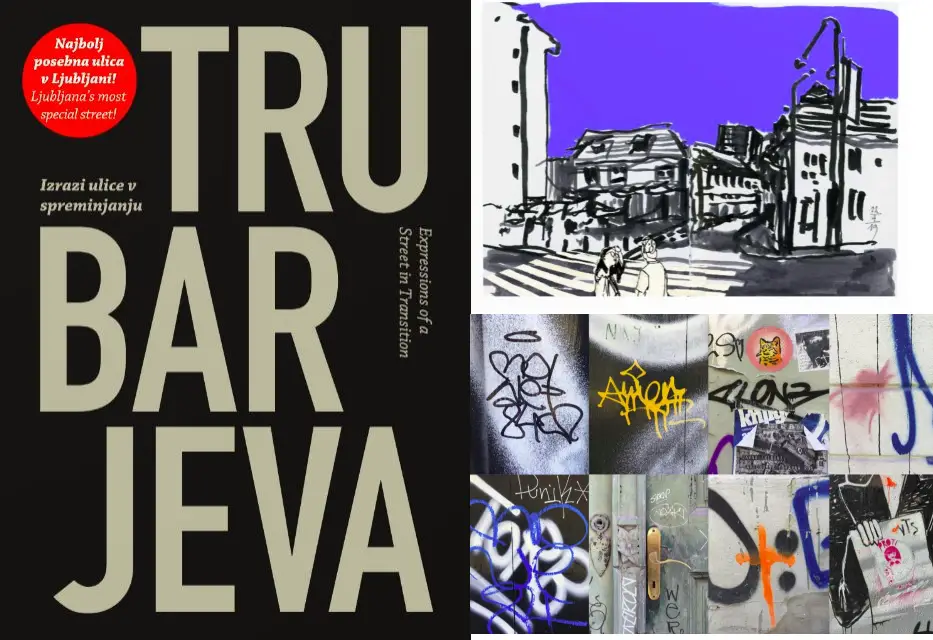
Tuesday, 4 February, Cankarjev dom has a show from Fed Horses. Wednesday SNG Opera and Ballet is performing Tchaikovsky’s Joan of Arc.
Friday night is jazz night at the Castle, and this week, 20:00 you can see and hear the Zvjezdan Ružić Sextet. Over at Klub K4, the klub 4 kool kids, there’s a MENT event with the Dekmantel Soundsystem, 23:00 to 06:00, featuring Dekmantel Soundsystem, DJ Brka, Dulash Der DJ, Maja Pa (bRAVE), Terranigma, and Nulla.
There are two shows this week that are part of the Winter Festival at the Slovenian Philharmonic, with the Orchestra exploring Beethoven alongside various pianists. On Tuesday the soloists are Leonel Morales (Spain) and Tatjana Ognjanović (Slovenia), while on Thursday it’s Aleksander Gadžijev. In between, on Wednesday, there’s Today and in the Past, part of the baroque festival; a vocal concert with music from Claudio Monteverdi, Marko Ozbič and Morton Feldman, with the latter piece being Rothko Chapel, shown below.
Saturday Festival Strings Lucerne are at Cankarjev dom, playing Mozart, Elgar, Britten and Dvořák, including the piece shown above.
Still open until 5 March, 2020, Magic Ice-rink Lumpi Park offers 600 m2 of the covered ice surface and 180 m of ice-skating paths which enable you to skate through the Sports park Savsko naselje, at Kranjčeva ulica 24. Details here.
New or new-ish movies in town this week include the following:
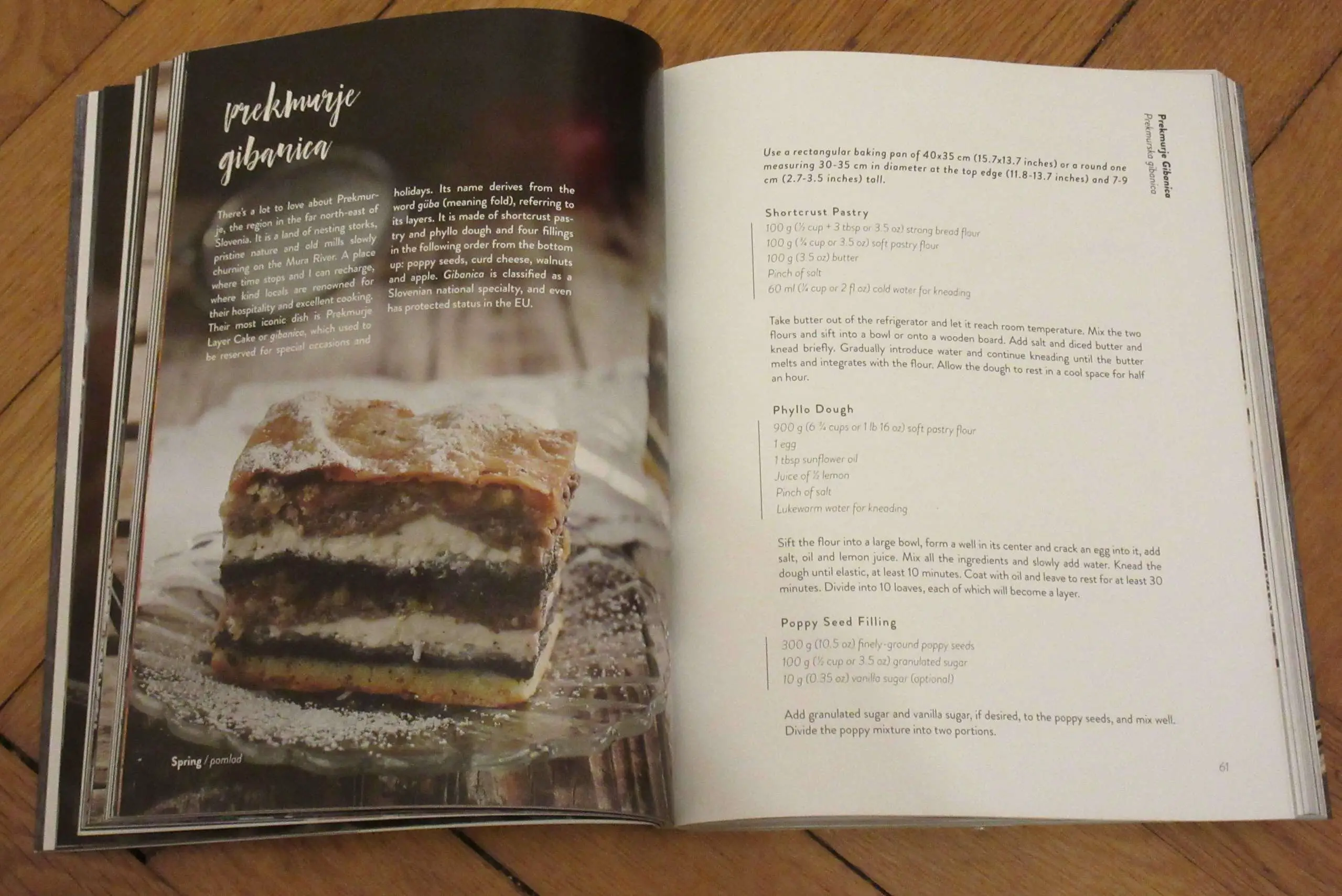
In town and looking for a gift or souvenir? Take a look at Cook Eat Slovenia - the book.
How much do tourists spend in Slovenia? Find out here
You may have heard about Free Tour Ljubljana, the tour company that’s #1 on TripAdvisor for the city and gives away its main product. What’s the deal with that? Find out here.
While the Old Town is quaint, and full of music, where does Ljubljana really shop? One popular answer is BTC City, a vast complex of malls, entertainment facilities and more, including more than 70 different food vendors, offering everything from Slovenian to Thai, Indian to Italian, Mexican to Chinese. Check out my recent visit here.
Looking for something different to eat? Trubajeva cesta, running right by Dragon Bridge, has the greatest concentration of "ethnic food" places in Ljubljana, and thus perhaps the country. Check out our walk through guide as of June 2019.
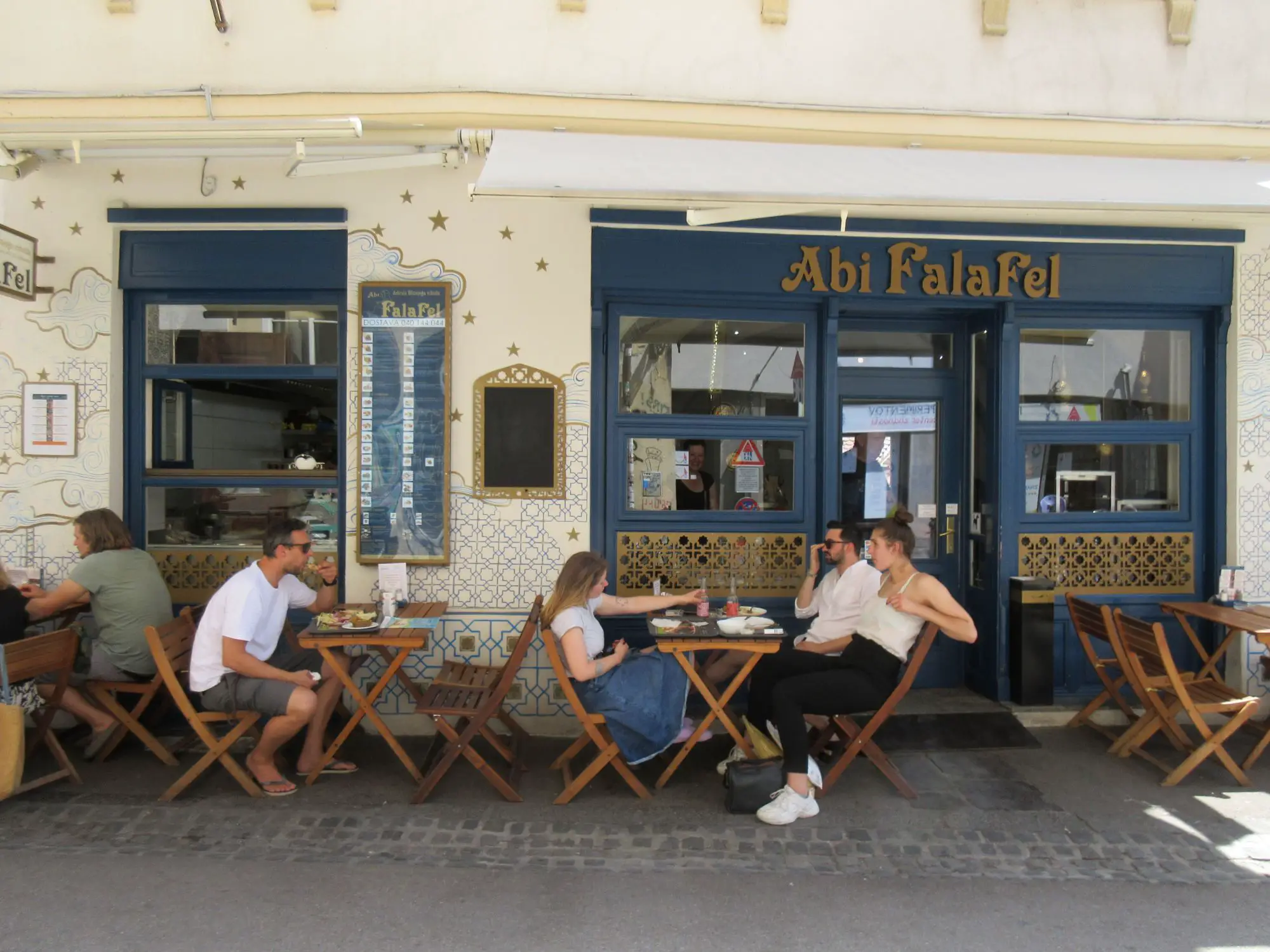
In warmer days than you'll see this week. Photo: JL Flanner
Ljubljana is forecast to be the fastest-warming city in the world over the next few decades.
You're in the town of Slavoj Žižek, but do you find yourself lost when conversation turns to the philosopher? If so, check out our collection of quotes and clips to learn more.
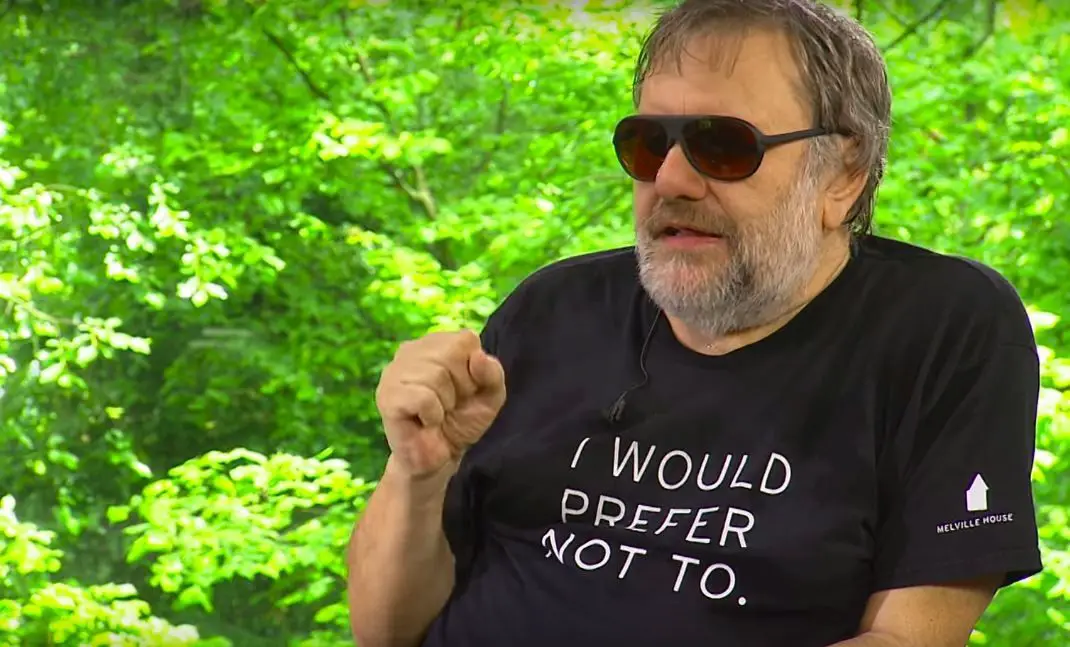
Screenshot from YouTube
- Cinemas and films
- Clubbing
- Live music
- Theatre and dance
- Harm reduction and drug testing
- Things to do with children
- LGBT+ Ljubljana
- Ljubljana Castle
- Museums and galleries
- Other things to do in Ljubljana
- Daytrips
- Getting around
- Emergencies
Cinemas and films
You can read about all the cinemas in town here, while a selection of what’s playing this week is below, and note that kids' movies tend to be shown in dubbed versions, while non-English language movies for older viewers will have Slovenian subtitles.Parents should also pay attention to Kinobalon, which is Kinodvor's regular weekend series of film screenings and events for children, from babies on up, with special parent/child events, "first time in a cinema" screenings, and babysitting. Learn more about it here, and see the current schedule here.
Note - most children's films will be dubbed (sinhronizirano) - for subtitles look for 'podnapisi'.
Kinodvor –This is an arts cinema, not far from the train station, that shows new features as well as hosting the occassional festival.
Kinoteka – And not far from Kinodvor you can find this revival cinema, which shows art house classics along with some deep dives in the archives.
Kino Bežigrad - A relatively small theatre, but one which usually has the biggest of the new releases.
Kolosej -The multiplex out at BTC City Mall shows all the big movies, with well over a dozen titles on the schedule, although note that there are far more movies than screens, so some of the older ones mayonly be playing once or twice a week.
Komuna – The cinema in a basement behind Nama department store shows two or three different features a week, usually including the biggest titles.
Looking for a souvenir you'll really enjoy? Take a look at Broken Bones Gin, the first gin made in Ljubljana (learn more here, and try it at the Central Market or selected downtown bars).
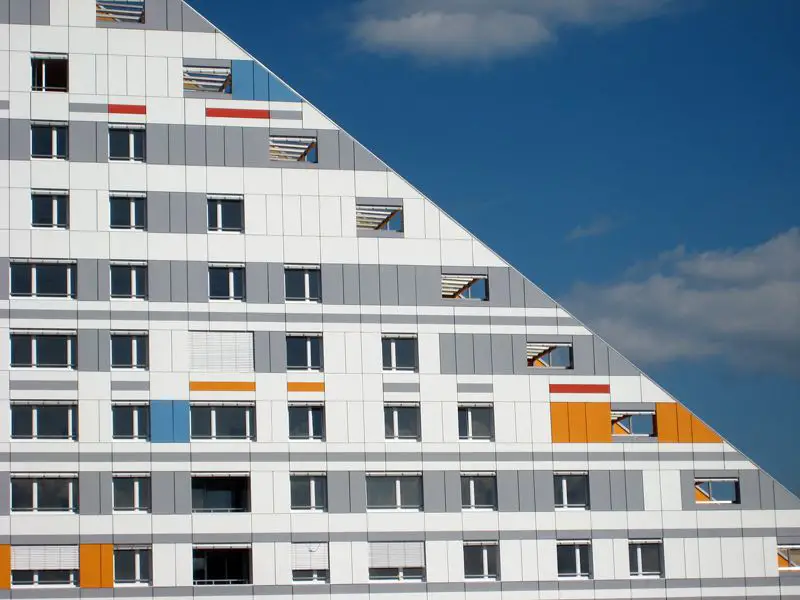
Photo: Genius loci d.o.o.
Know that big triangular building behind the train station? Learn what's inside here.
Clubbing
Compared to some European capitals it can seem that nightlife in Ljubljana ends rather early, especially along the river, but there are still bars that stay open late and clubs were you can dance until dawn, and perhaps the best place to stumble across something interesting is the legendary Metelkova. Be aware it's a grungy kind of place and not for all tastes, but also that there's considerable variety to found within the various clubs there, from death metal to electropop, gay cabaret to art noise. You can read "the rules" of the place here. And if you're curious about how the place started then read our story, and look at some pictures, about last year's 25th anniversary.
Božidar - DJ events aren't too common here, but when they happen they often have a big name.
Channel Zero – DJs shows here include regular dub nights as well as electronic music.
Gala Hala – Another Metelkova venue, you can sometimes hear bhangra and Bollywood here, but more often funk, hip hop, breakbeat and so on.
Klub Cirkus – The more commercial end of clubland, and a venue that aims to serve the student party scene. Expect house, anthems, and bangers.
Klub K4 – The home of techno, old and new, along with various other electronic genres,
Koncertna Dvorana Rog– There are irregular DJ sets at this underground (not literally) venue at the far end of Trubarjeva cesta, and they range from techno to goa to drum'n'bass.
Orto Bar– 80s and 90s throwback nights can often be found here, along with rock-based DJ sets.
Live music
Balassi Institute – Free Hungarian music, when available, from the Hungarian cultural institute just a short walk downriver from Dragon Bridge.
Cankerjev dom – The main arts venue in the country hosts classical, opera jazz, folk and occassinally pop.
Cvetličarna – Regional pop and rock concerts can be found here.
Channel Zero – This Metelkova venue sees live shows from punk and rock bands, as well as others.
Gala Hala – Another Metelkova venue with indie bands of various styles.
Kino Šiška – One of the top live venues in the city, with a varied programme that include indie, rock, pop, experimental, hip hop, and so on.
Klub Gromka – Live music is often metal, from sludge to stoner, death to thrash, while punk bands also appear, as do others.
Križanke – The venue that hosts the Ljubljana Festival often has classical music, and some rock, in the open air.
Orto Bar– The home of live rock, metal, punk and other guitar-based genres.
Pinelina dnevna soba – LIve music is rare here, but it does happen.
Slovenska filharmonija– Classical music in the centre of town.
SNG Opera and Ballet - As the name suggests, here you'll find the best of opera and ballet in the country.
Španski borci - While dance is more common here, they also have some contemporary and experimental music shows.
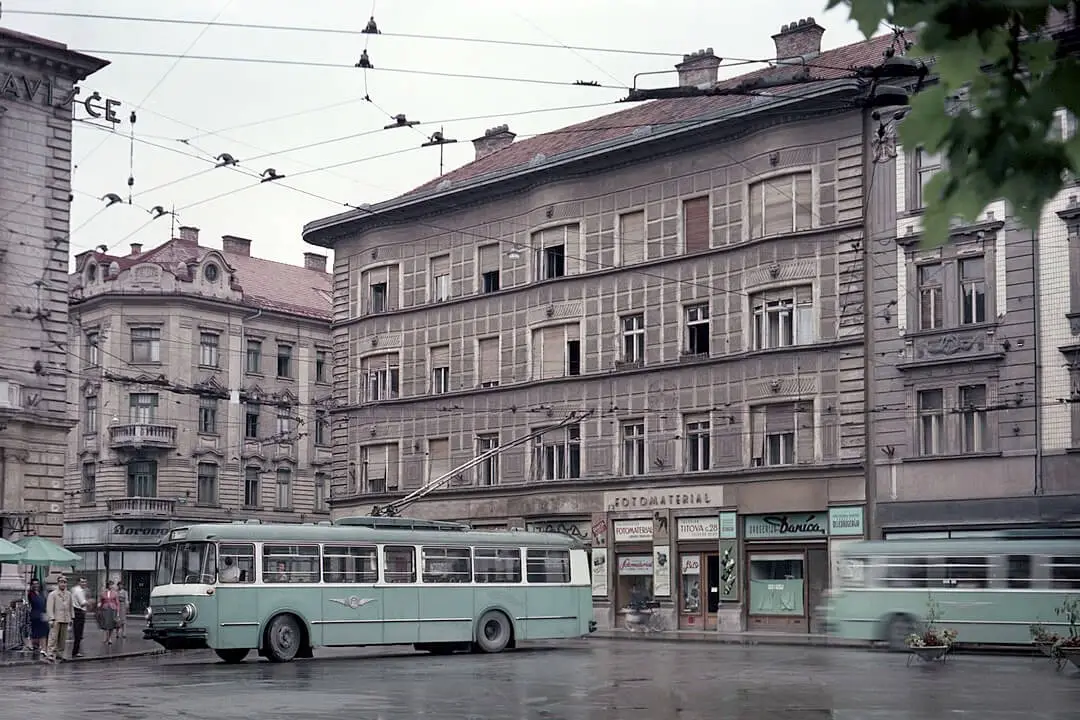
Slovenska cesta, 1959. Wikimedia. See more pictures of Old Ljubljana here
Theatre and dance
Cankerjev dom- The main arts venue in the country always has something of interest going on.
Gledališče IGLU - IGLU Theatre – Saturday night this group is usually putting on an English improv show somewhere in town, but it’s generally promoted after this is written, so check the Facebook before putting on your shoes.
Kino Šiška – One of the top live venues in the city also hosts some dance performance, often of the more experimental variety.
Mini Teater Ljubljana –The English schedule of varied performances, for adults and children, for the month is here.
Ljubljana Puppet Theatre - Puppetry has a long and noble tradition in Slovenia, and you can see performances for children and adults (including non-puppet shows) drawing from the Theatre's rich repetoire as well as new productons.
SNG Opera and Ballet - As the name suggests, here you'll find the best of opera and ballet in the country.
Španski borci - The home ofcontemporary dance(and the EnKnapGroup) in Slovenia.
Pocket Teater Studio– There are regular flamenco evenings at perhaps the smallest venue town, but note that the number of seats is very limited, and thus you should make a reservation via This email address is being protected from spambots. You need JavaScript enabled to view it. or 070 325 522.
Harm reduction and drug testing
Alcoholics Anonymous has an English language meeting every Tuesday, 19:00 in Poljane – email for more details: This email address is being protected from spambots. You need JavaScript enabled to view it.
Drogart is an organization that aims to minimise harm on the party scene, and offers drug-testing services and reports on their webpage. It’s in Slovene, but you can Google translate it or work things out yourself, and our story on the group is here.You can find the latest warnings on fake drugs and high strength pills and powders (in Slovene) here. However, be aware that all the usual drugs are illegal in Slovenia.
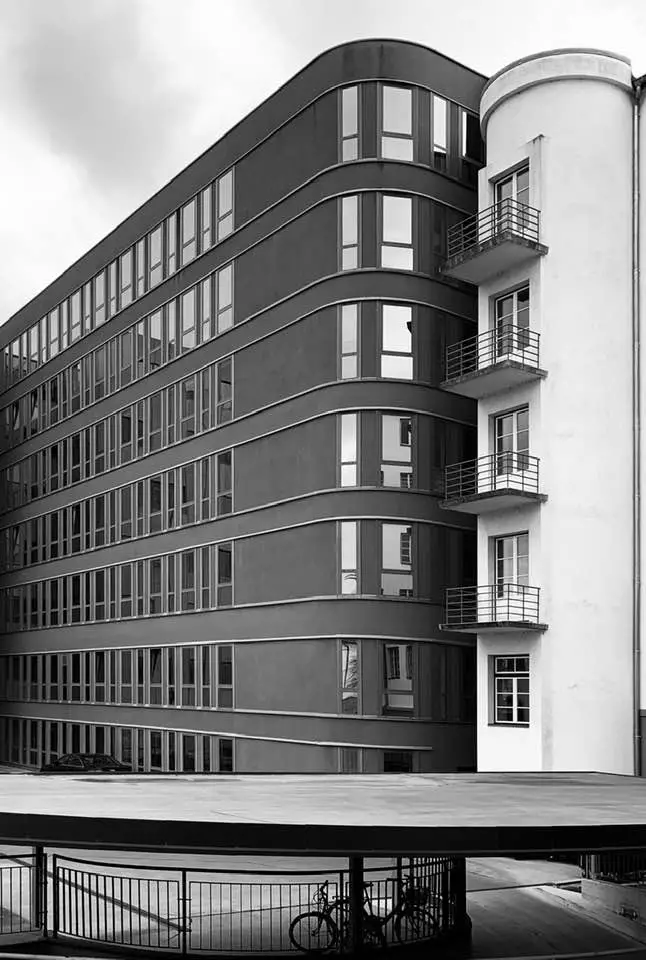
Photo: Igor Andjelič. See more of his work here
Things to do with children
You can find our Top 12 list of things to do with kids in Ljubljana here. If want to read more about the philosophy behind the wonderful House of Experiments look here, while our trip to the Museum of Illusions is documented here, and there’s always riverside walks, pizza and ice cream. With regard to the latter, take a look at our guide to six places that serve good ice cream in winter, and thus are serious about the dessert.
Mini Teater Ljubljana – The season sees a lot of puppet performances for children, in Slovene, at this theatre not far from Križanke. The English schedule for the month is here.
Ljubljana Puppet Theatre - The puppet theatre near the Central Market and next to the Castle funicular has a full programme or shows, for children and adults, with the schedule here.
LGBT+ Ljubljana
If you're looking for more general links on "gay Slovenia", including a history of the scene and various projects, then you can find that here, while our stories about the community can be found here.
Klub Monokel – This lesbian bar in Metelkova is open every Friday, although sometimes there are other events
Klub Tiffany –And the gay bar next door is also open on Fridays. Other things coulds also be planned, so click on the name to find out.
Pritličje – This seems to be the only "always open" LGBT-friendly cafe / bar / events space in town, and perhaps the country, so it's a good thing it's such a good one, open from morning to night, and with fliers and posters letting you know what's happening outside the narrow confines of, say, a general interest online what's on... guide.
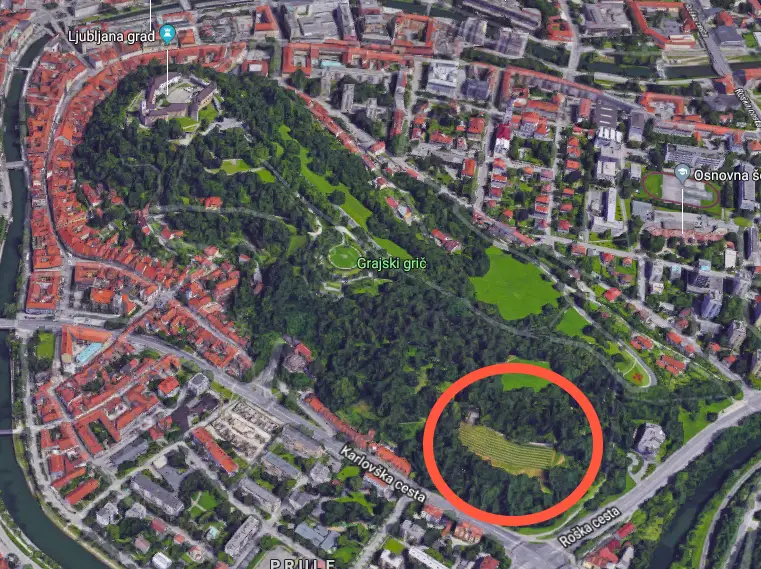
Screenshot from Google Maps, showing the location of the Castle vineyard
Ljubljana Castle
The city’s main attraction is said to be the top tourist draw in the country overall, and to my mind it earns a spot near the top just for the history and views. But beyond that the current owners, the City of Ljubljana, have laid out a varied, interesting and enjoyable programme of events, one that rewards regular revisits.
On all 2020 is an Exhibition of Slovenian History, included in the price of a Castle ticket, that takes you through prehistory and the Romans, the Middle and early Modern Ages, the 19th century and WWI, the Kingdom of Yugoslavia and WWII, Yugoslavia, independence and after. On until 22 March 2020 you can enjoy an inflatable spatial installation from Nina Koželj (free to enter).
At one of Castle hill there's a many walking and jogging paths, with good views of the city. At the other end, where the Castle sits, there’s a lot more than fresh air on offer. There are guided tours, restaurants, a café, Castle museum, puppet museum, a Watchtower you can climb to the highest point in the city, art shows, dances, live music, movies under the stars, festival days and more – enough to reward multiple trips up the hill through the year. All of these activities and events can be found on the Castle website, while on TSN you can see “25 things to know about Ljubljana Castle” here, and “Ten Ways to Enjoy Ljubljana Castle” here.
Museums and galleries
Most public galleries and museums are closed on Mondays, although not the National Museum.
Bežigrajska galerija 2 – Take a trip to Vodovodna cesta 3 and until 8 February 2020 you can see Lojze Spacal (1907–2000): From the Littoral and the Karst Region.
Cankerjev dom – On until 3 March 2020 there's an exhibition on Ancient Greek Science and Technology. Details here.
Plečnik's desk. Photo: JL Flanner
Plečnik’s House is worth a visit if you want to learn more about the architect who gave Ljubljana much of its character, and it's also in a really nice part of town, Trnovo, just a short walk or cycle upriver. Read about our guided tour here. Until 10 May you can see History of the Future. Archetypes of Plečnik's architecture – summarising the ideas of selected Plečnik works.
Balassi Institute – The Hungarian culture centre is next to a Spar and Hofer, and not far from Dragon Bridge, and always has something interesting going on. Learn more here.
City Gallery – On until 5 April there’s a show from Vlado Martek, called Exhibition with Many Titles, the second part of a retrospective exhibition by the Croatian conceptual artist.
City Museum – The Museum in French Revolution Square an interesting permanent exhibition on the history of Ljubljana, from prehistoric times to the present day, with many artefacts, models and so on that bring the story alive.You can read about my visit here. On until August 2020 there’s Book. Reason. Knowledge. From Protestantism to Enlightenment (1500–1800), which presents the processes and events that encouraged and fostered the cultural and spiritual development in Ljubljana from the end of the 15th to the beginning of the 19th century – from humanism and Protestantism to the Enlightenment. More on that here.
The Faces of Ljubljana in the City Museum. Photo: JL Flanner
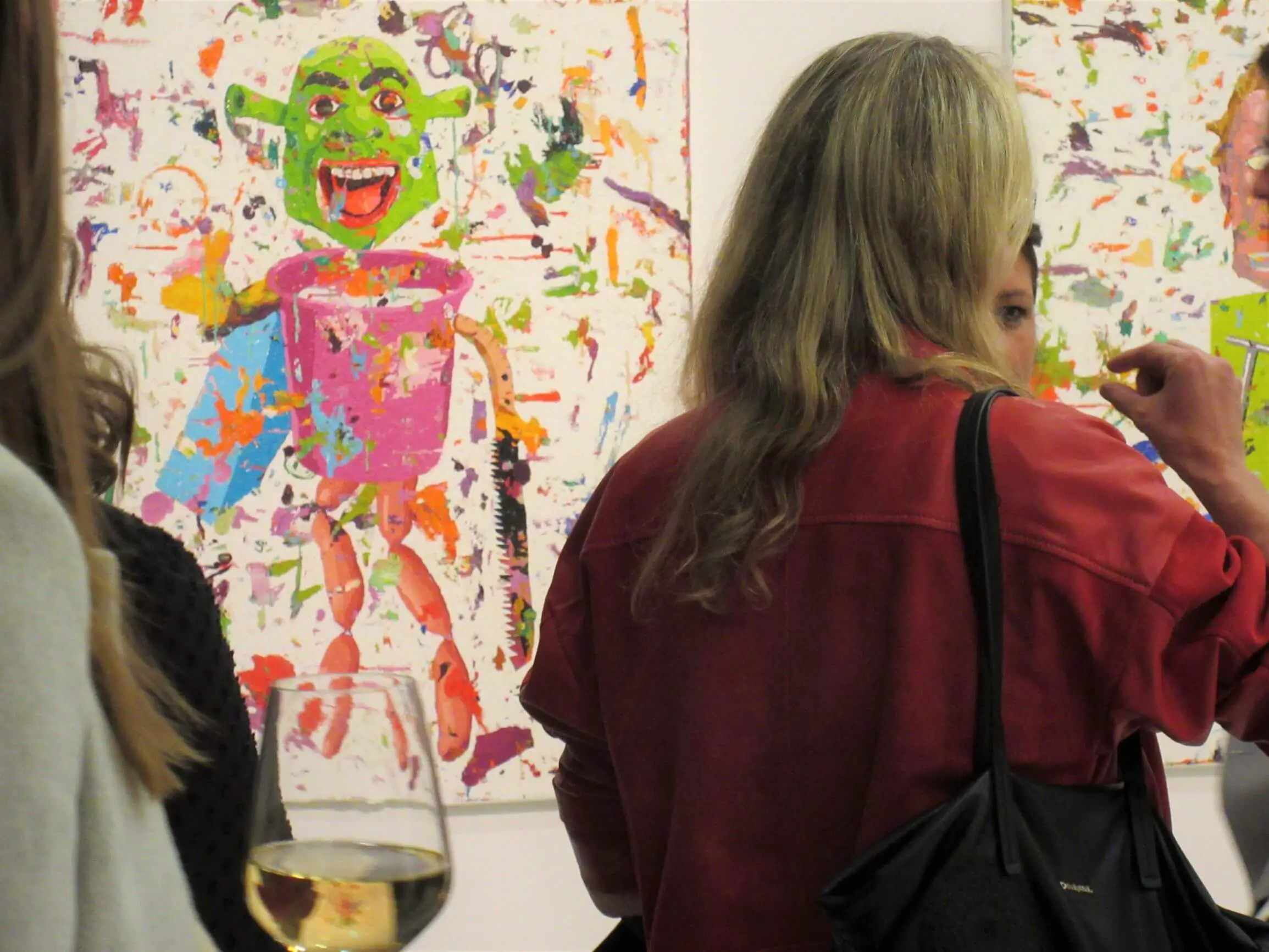
Drink like a pro - find gallery openings. Photo: JL Flanner
Galerija Vžigalica – Until 15 March you can enjoy Counter:Movement / Gegen:Bewegung, an exhibition of contemporary artistic positions in Carinthia, selected by the Klagenfurt University Cultural Centre – the Universitätskulturzentrum UNIKUM.
International Centre of Graphic Arts – A show of works by Helena Tahir.
MAO – The Museum of Architecture and Design has much of what you'd expect, along with some temporary shows and a good cafe. BIO 26: Common Knowledge is on until 9 February, looking at information, fake news and citizenship, with details here. On until 31 January 2021 is An Object and a Collection, showing part of the museum’s valuable and extensive collection of objects related to architecture, design, and photography of the 20th and 21st centuries.
Moderna galerija – The main branch of this gallery, to be found near the entrance to Tivoli Park, has a good collection of modern art, as well a nice café in the basement.
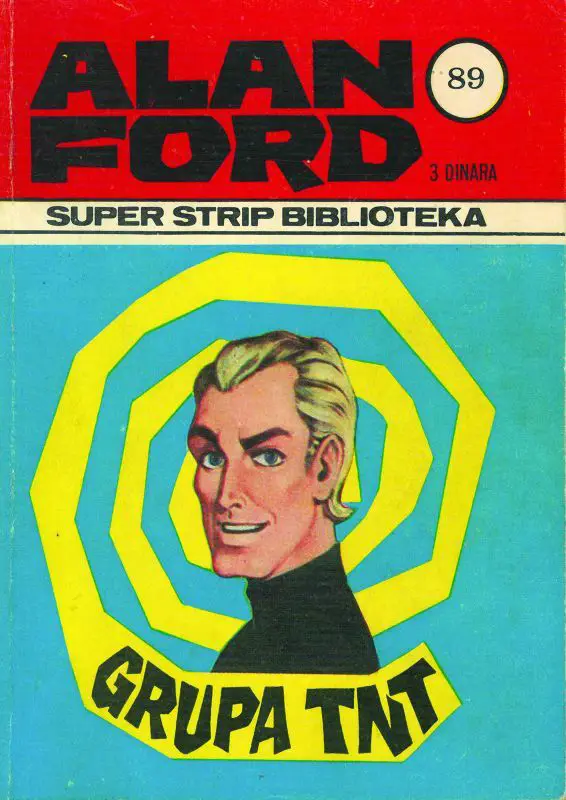
Alan Ford was recently at the National Gallery - read more about this comic book here.
National Gallery – The country’s main gallery has “the best” of what’s on offer from the Middle Ages to non-contemporary modern visual arts, and is in a great location for exploring other areas, just by Tivoli Park and opposite the main branch of the Moderna galerija. You can read about our visit to the room containing sacred art from the Middle Ages
The real Robba Fountain can be found in the entrance to the National Gallery - the one you see in the Old Town is a genuine fake, as seen below and reported here.
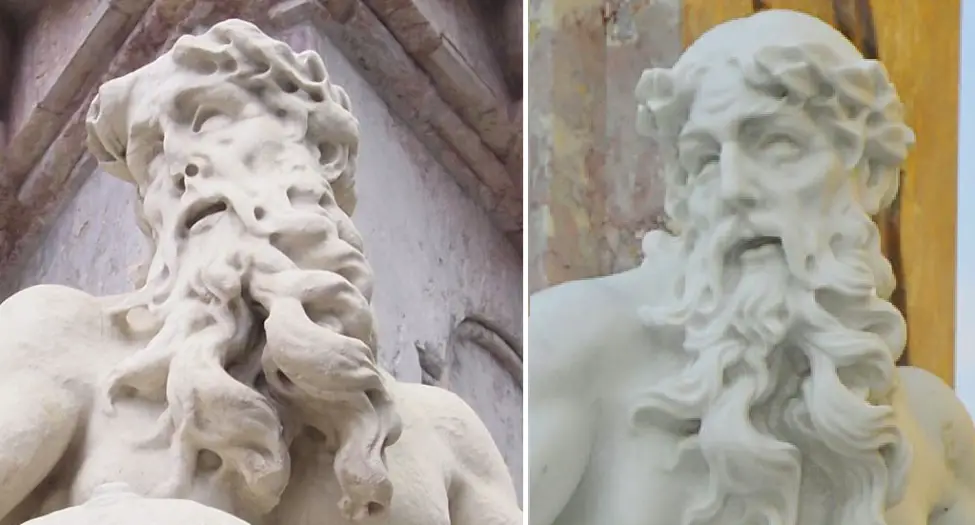
Photo: JL Flanner
National Museum of Slovenia – There’s plenty to see in the permanent collection here, from Roman times, Egypt and more. Meanwhile, the museum's Metelkova branch, located between one branch of the Moderna galerija and the Ethnographic Museum has some rooms on Church art, furniture and weapons, with the latter including more guns than you'll see anywhere else in town, and quite a thrill if coming from a nation where such objects are not household items. A Millennia of Metallurgy in Slovenia is on until 3 May 2020.
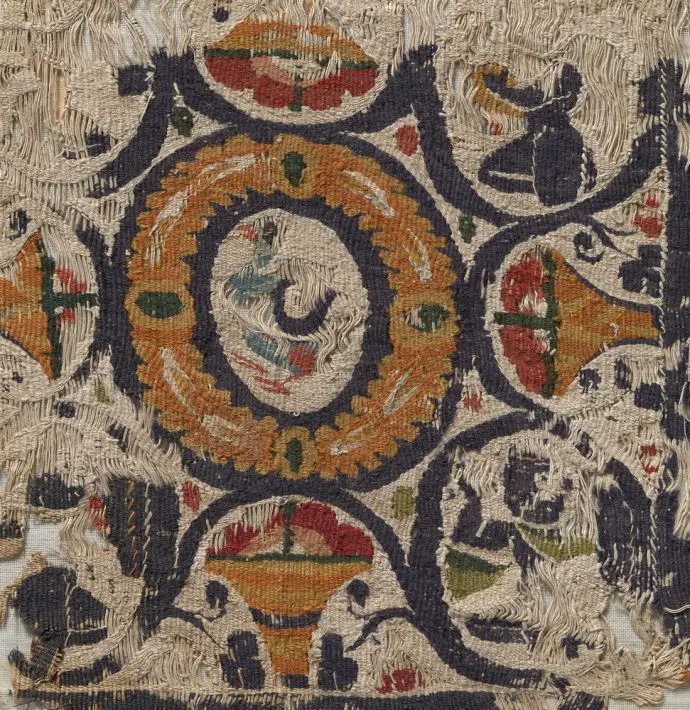
A fragment of a Coptic textile; 5th–6th cent.: Upper Egypt; linen, wool; National Museum of Slovenia. Photo: Tomaž Lauko
Until 24 May 2020 you can see Coptic Textiles from the Collection of the National Museum of Slovenia at the branch in the Metelkova museum quarter, by the Ethnographic Museum and the Museum of Contemporary Art. Details.
Natural History Museum – Until 18 June 2020 there’s Enlightened Natural Sciences: Scopoli and Zois, looking at the lives and legacies of two pioneering naturalists, on the both Slovene and global scales, Sigismondo (Žiga) Zois and Giovanni Antonio Scopoli.
National Museum of Contemporary History - Tucked away in park Tivoli, you can see a permanent exhibition on Slovenians in the 20th century.
Slovene Ethnographic Museum – The museum has two permanent exhibitions. One of these is called Between Nature and Culture, and has a great collection of objects from Slovenia and around the world, well worth the trip up to the third floor to see it (as recounted here). Nani in Ljubljana is on until 1 March 2020, in which Nani Poljanec, the folk creator and author of the exhibition, reveals fragments of his life, his roles and his mission. Until the same date there’s also a show on “Ravenski pust”, a Shrovetide custom which, according to village elders, represents an ancient pagan wedding and has been performed for more than a hundred years.
Union Experience – The Ljubljana-based brewer has a museum showing the history of the company, with the ticket also including access to part of the factory and a few samples of the product. You can read about our visit here.
It's not a formal museum, but if you're interested in "Yugo-stalgia" then you'll enjoy a trip to Verba, a small, privately run space that's crammed with objects and pop culture items from the era, and is conveniently located at the start of one of the short walks to the castle. It's also a great place to take pictures, if you leave a donation, and you can read more about it here.
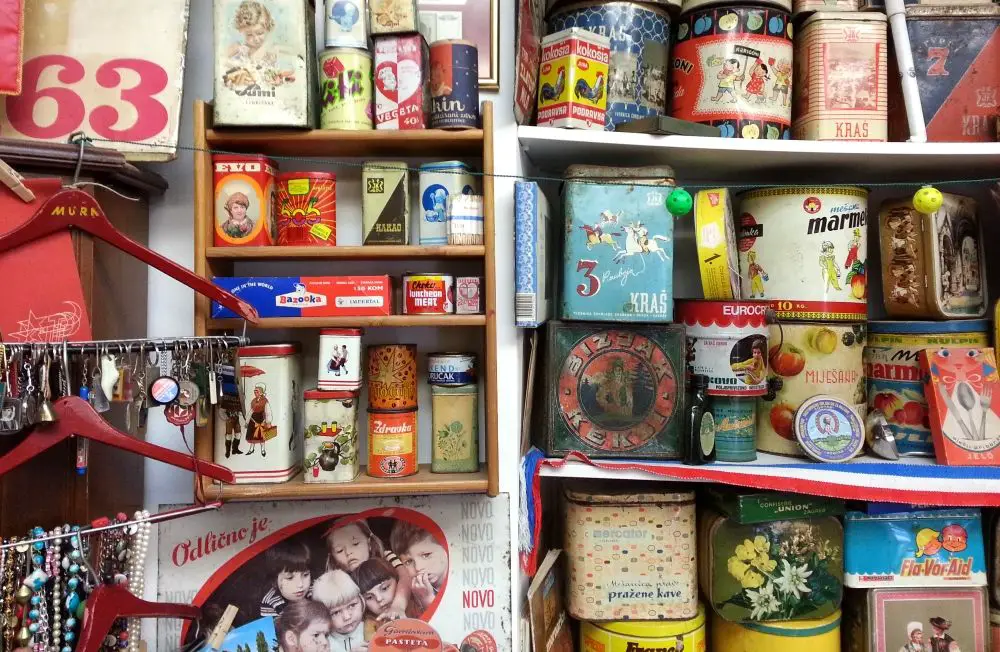
Verba. Photo: JL Flanner
Alternative Ljubljana isn't a museum or gallery, as such, but instead turns the city streets into a museum and gallery. Learn more about their tours of street art, history and LGBT Ljubljana here.
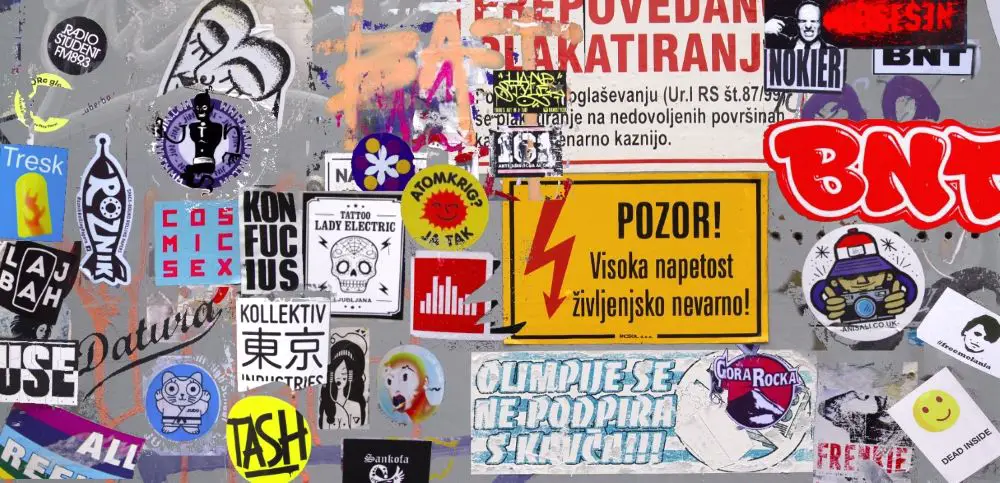
Photo: JL Flanner
Other things to do in Ljubljana
Learn more about Ljubljana with "25 things to know about Slovenia's green city of dragons", or take a look at our guide to spending from four to 48 hours here.
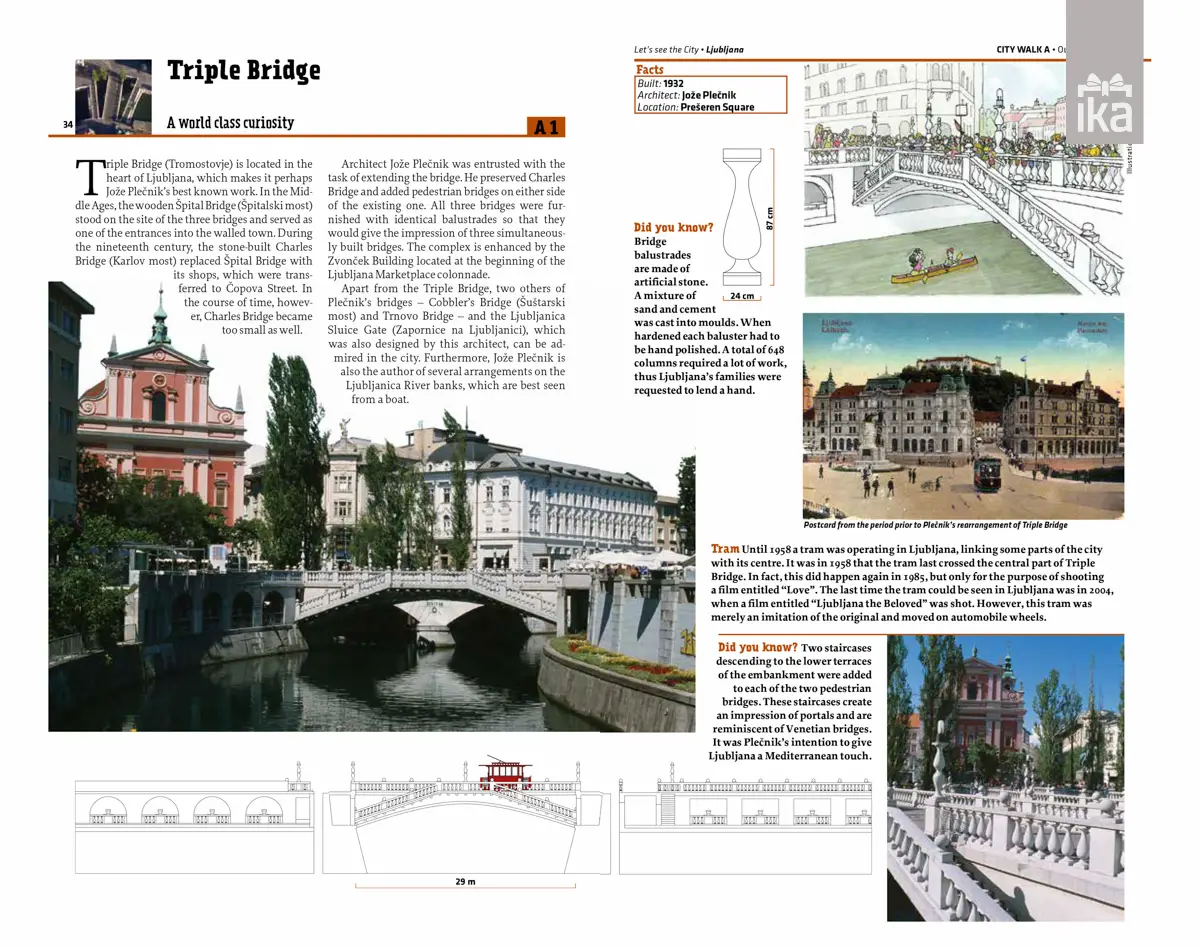
If you like the city's architecture then check out this great book, Let’s See the City - Ljubljana: Architectural Walks & Tours, with our review here and a page from the book shown above. We took a walk with one of the authors who showed us how much there is to learn and enjoy if you slow down and pay attention - read about that here.
Ljubljana has some beautiful buildings from the early 20th century, in the Secessionist style, like the one below. Learn where to find them here.
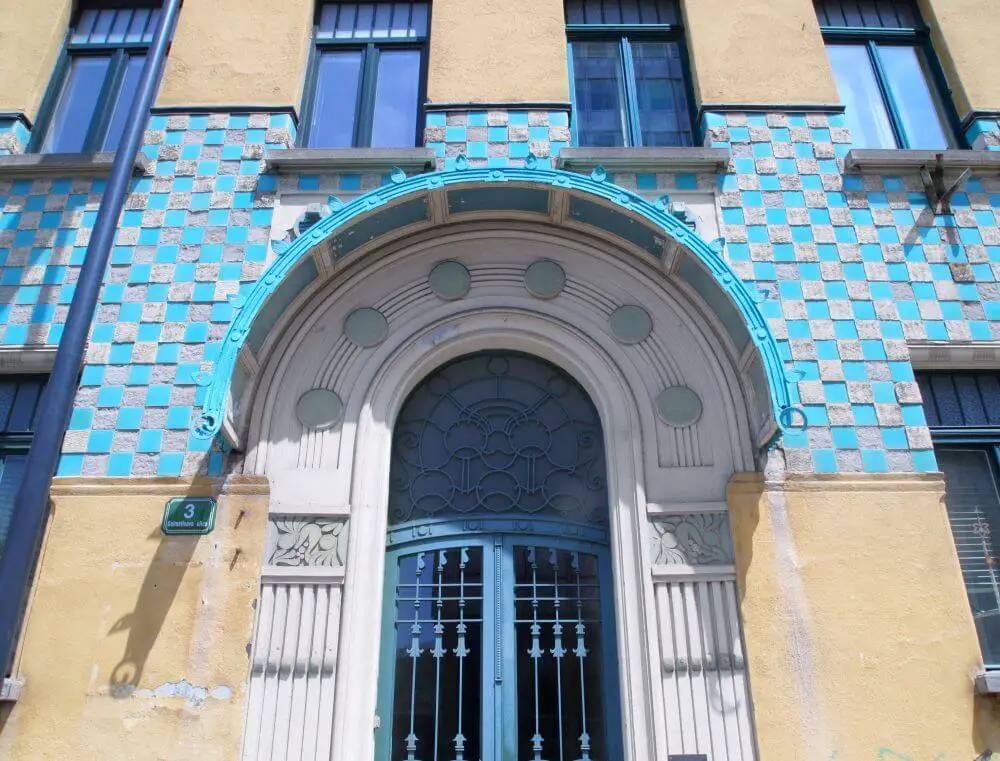
Photo: Neža Loštrek
For something a little more brual, check out Republika trg / Republic Square, in the heart of the political quarter.
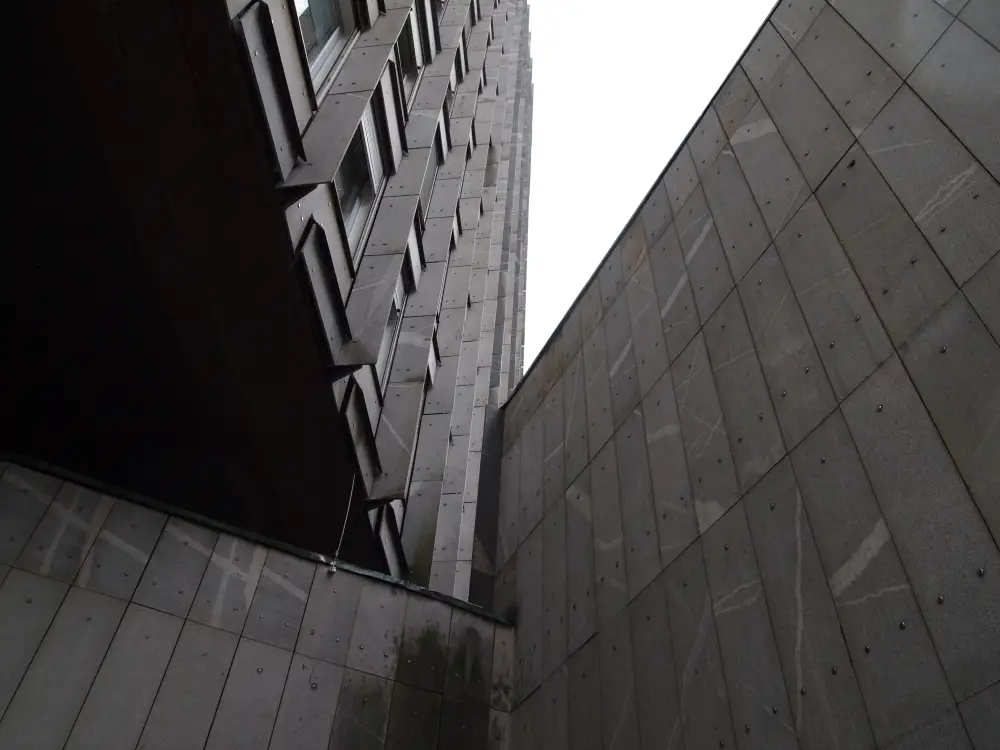
Photo: JL Flanner
Photo: JL Flanner
Some view of the city you can only get from the river. If you'd like to take a boat ride then read about my experience here. If you'd like to spend an evening painting with others, then take a look at Design with Wine, which organises painting parties on Trubarjeva cesta,
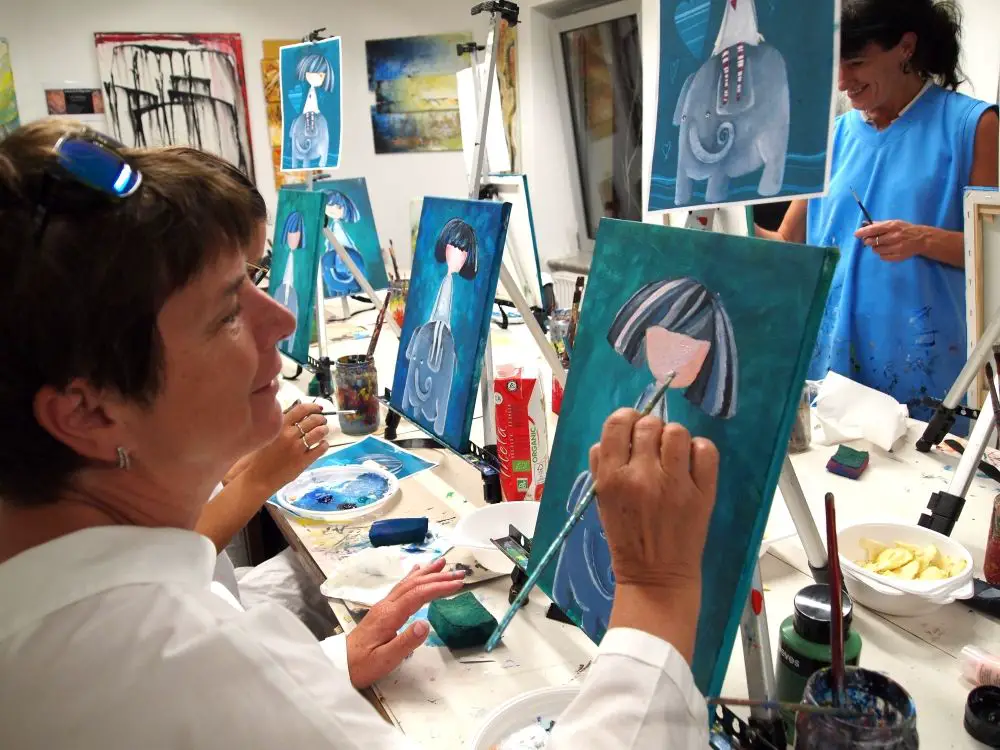
If you want to see some antiques, then check out the wonderful Antika Carniola, as discussed here. The man behind it, Jaka Prijatelj, has a fine eye for life on this street, as you can see on his Facebook account.
Photo: JL Flanner
If you’re in town and want to go jogging or walking in nature, why not take another look at the Castle, with a brief guide to the trails here. If you want something bigger, head to Tivoli Park.
And if you're bored with the Old Town, why not take a walk, cycle or boat ride to nearby Špica and enjoy the riverside life. Learn more about that here.
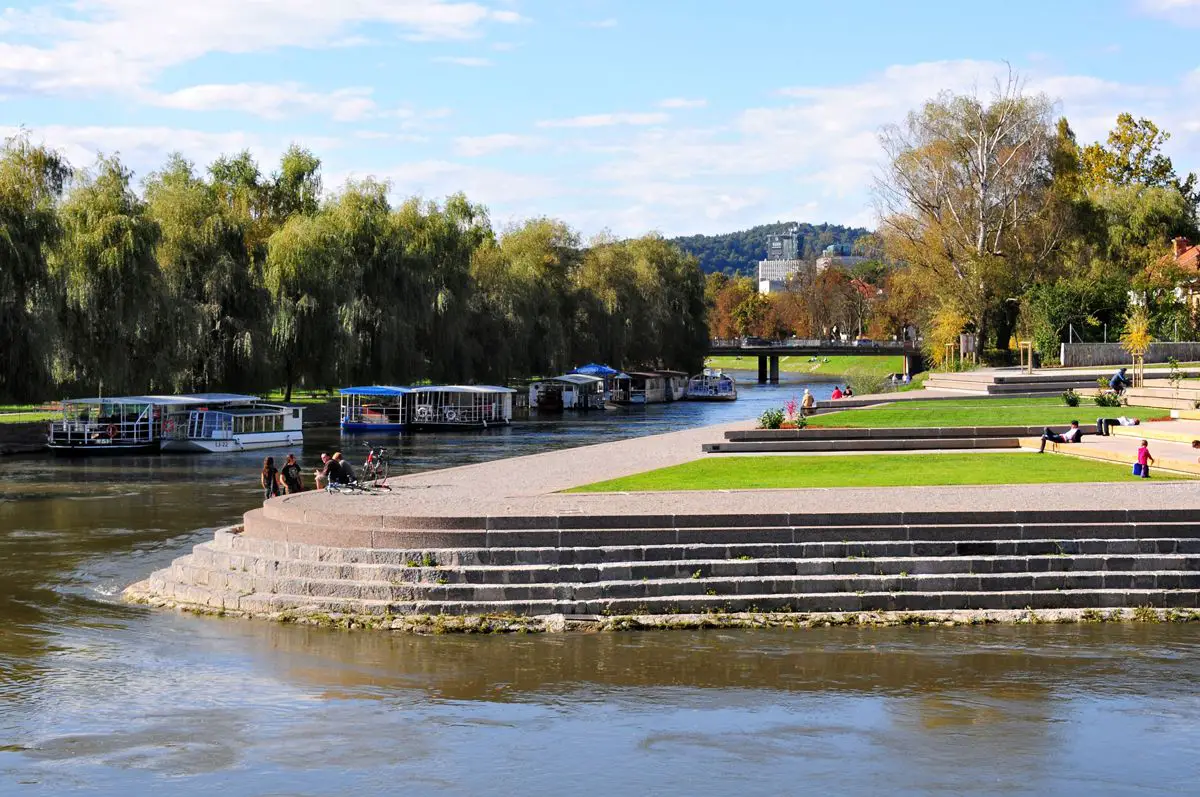
visitljubjana.si
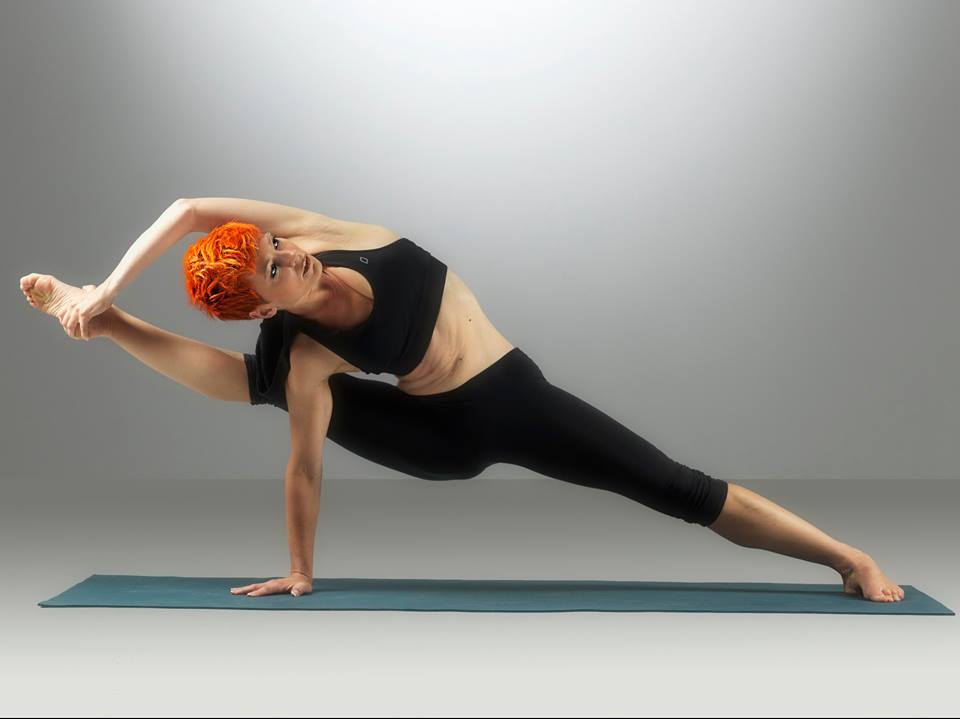
Want to stretch and breath? Then check out our list of drop-in yoga classes for tourists, visitors and the uncommitted. We go to Nataraja Studio, by Dragon Bridge, and here's a story about it.
Prefer to have someone else stretch you? The check out the totally legit massages you can get from Sense Wellness - either in one of their spas or in you home, office or hotel. (And - to repeat - these are legit and non-sexual in nature)
There are some golf courses near Ljubljana, but even ones further away are not far, as seen in our list of all the golf courses in Slovenia, which usually run until the first snow.
![]()
Photo: maxpixel.net, public domain
Daytrips
Most of Slovenia is only a few hours from Ljubljana, and you can easily visit Lake Bled, Lipica Stud Farm, Postojna Cave, Predjama Castle, the coast and other locations, while if you'd like to take a photo of from that bench in Bled, then you can learn how to get there here. If you’re looking for something more ambitious, then check out our recent guide to the 17 members of the Association of Historical Towns of Slovenia. We've also written guides on spending from four to 48 hours in Bled and Piran.
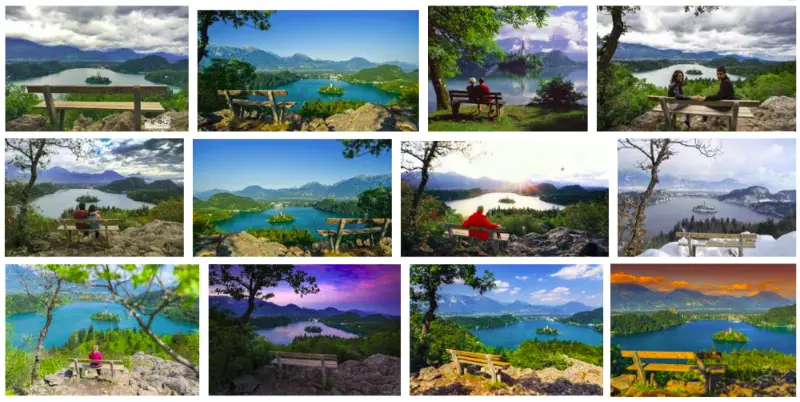
Photo: Google Image Search
Getting around
If you want to get a Ljubljana Tourist Card, which gives you travel on the city buses and entry to a lot of attractions, then you can read more about that here, and if you want to use the bike share system, as useful for visitors as it is for residents, then you can learn more by clicking this. Visitors with reduced mobility will be pleased to find that downtown Ljubljana is generally rated as good with regard to accessibility, and that there’s a free, city-sponsored app called Ljubljana by Wheelchair highlighting cafés, attractions and so on with ramps, disabled bathrooms and Eurokey facilities, which you can read about and download here. Manual wheelchair users can also borrow, for free, an attachment that will motorise their equipment, as reported here.
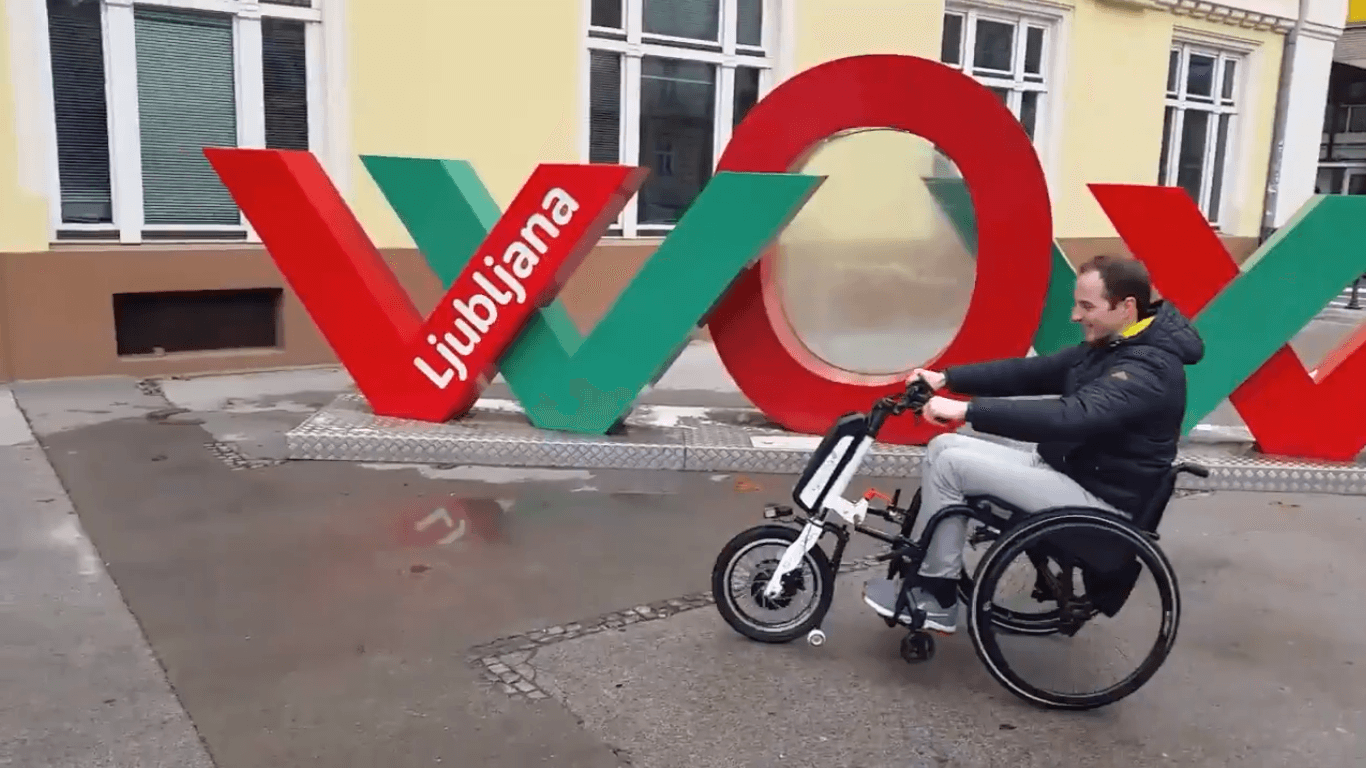
Screenshot from a Twitter video
If you’re driving into town and don’t know where to park, our guide to how to park in Ljubljana is here.
Emergencies
Ljubljana is a small and relatively safe city, but if need to contact the police then there’s a special number for foreigners, and that’s 113.
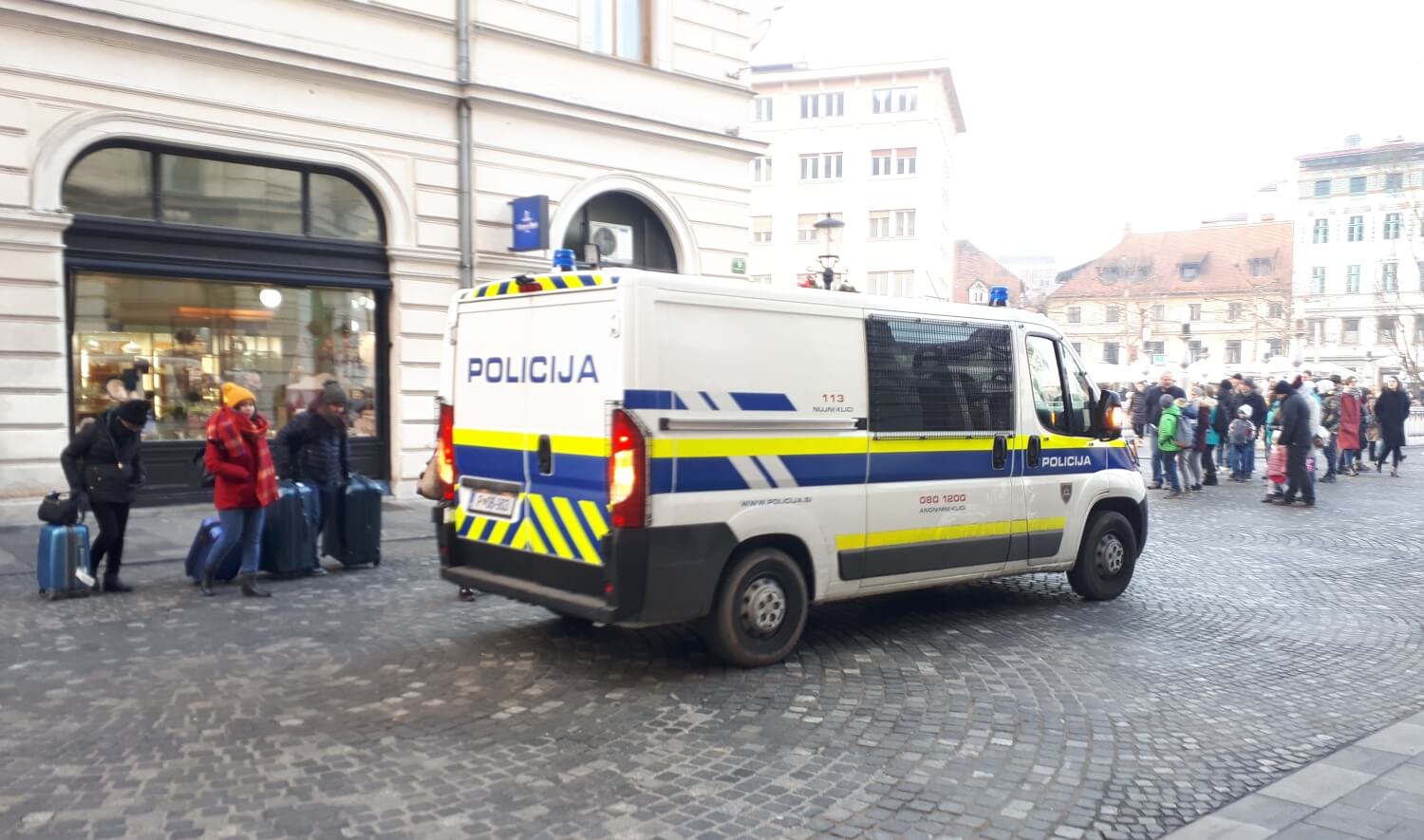
Photo: JL Flanner
There aren't many places to eat after midnight, and most of them are by the train station, as reported here.
Want / need cigarettes but the stores have closed? Here's an incomplete list of bars downtown that will satisfy your craving for the demon weed. While if you’re having trouble with the ATMs then here’s a guide to the Slovene you’ll see on screen. If you get a hangover then find out where to get paracetamol (and prescription drugs) in Ljubljana here, while details on emergency birth control can be found here.
I lived on Ljubljana’s Trubarjeva cesta for my first few years in Slovenia. I left because the rent was too high and the space too small, moving 30 minutes out of the city to a large place I’ve hardly left except for supplies since moving last December. It’s a nice place, a lot better than my apartment on Turbarjeva, but no one will ever write a book about the street it’s on.
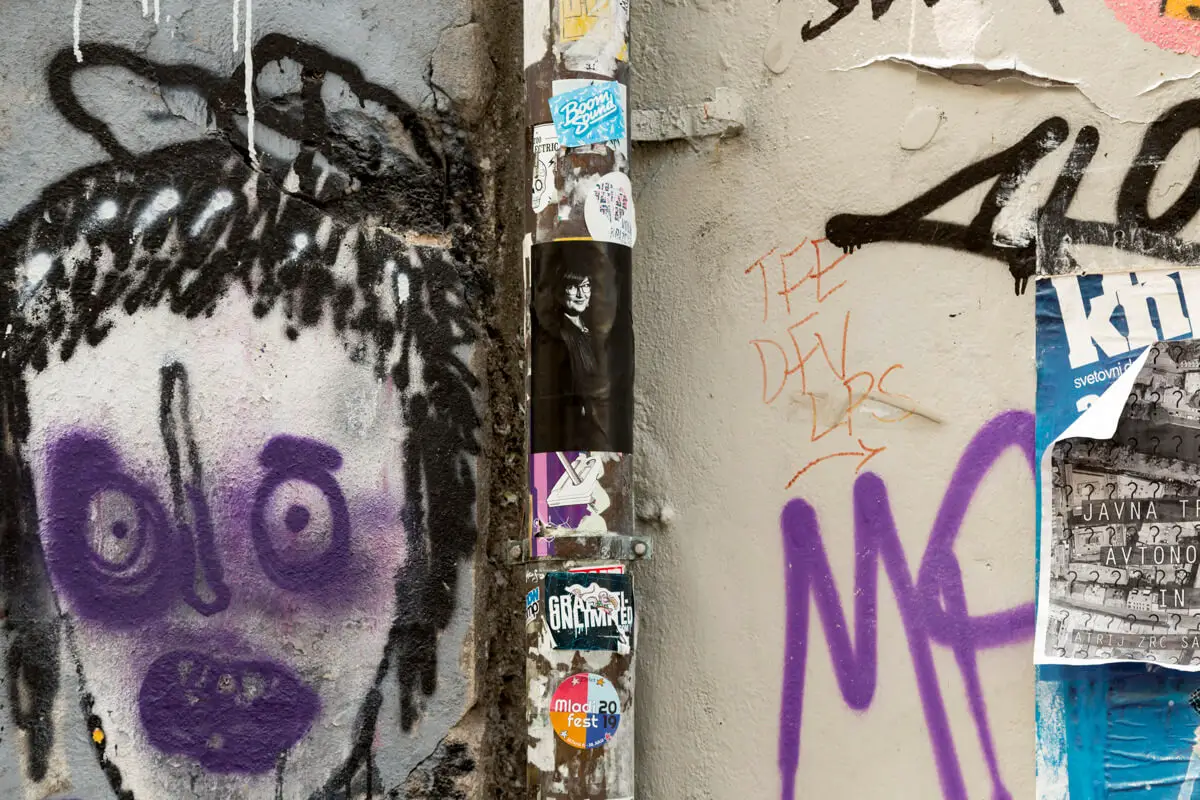
Graffiti is a big part of the street, especially in the second half. Photo: Manca Juvan (and if you're on the street around now you'll see some of her photos from the book on the walls)
Trubarjeva is perhaps the most diverse place in Slovenia. Split between the fancier end that runs from Prešeren to Resljeva cesta, the road with Dragon Bridge, and the more graffiti-covered, falling down and rapidly gentrifying dirty end. The former starts with the Emporium top brand store, while the latter ends with the Rog squat, a what now seems to have been a failed attempt to establish an autonomous zone in a former bicycle factory, a space that’s set for glossy redevelopment.
With sketches by Blaž Budja, this one showing Emporium
And it’s not just Rog. Starting last year the street has been undergoing extensive renovation work, as befits its status as one of the more trafficked parts of downtown, by tourists and residents who want something different, and it’s rising profile in the city (the book this article will eventually get to was supported in part by the City of Ljubljana).
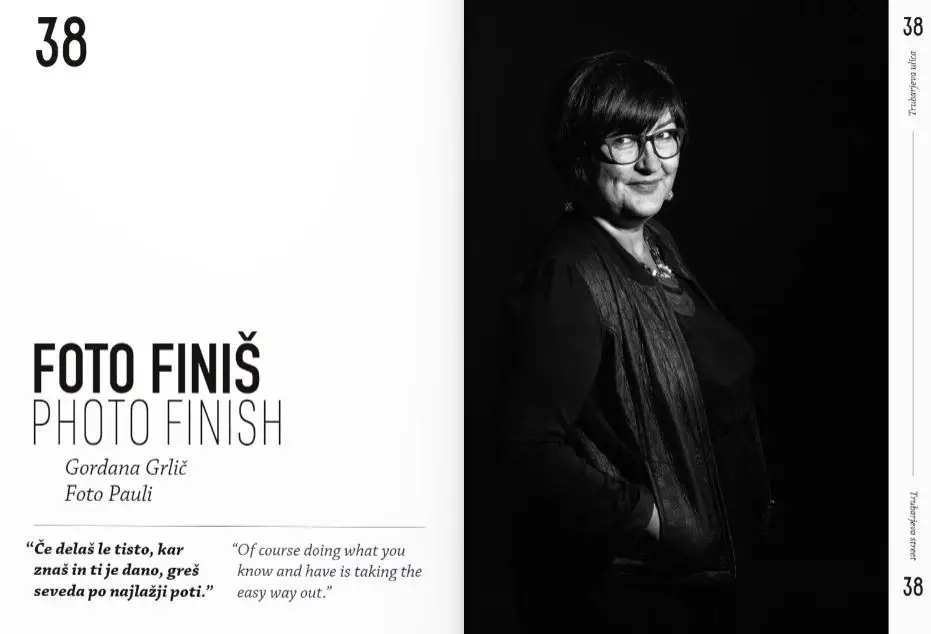
The book features interviews with local residents and business owners - in Slovene and English for maximum educational potential. if you need a photo, go to Foto Pauli and see Gordana. I trusted her with my passport photo / author picture / Facebook profile.
Tourism and Airbnb, among other reasons, are why property prices are rising fast in Ljubljana, and with them the rents. This is changing the character of the people who can afford to live there, and the businesses that can afford to operate. But Trubarjeva is still not the Old Town, and there are many businesses used by locals for necessities and minor indulgences.
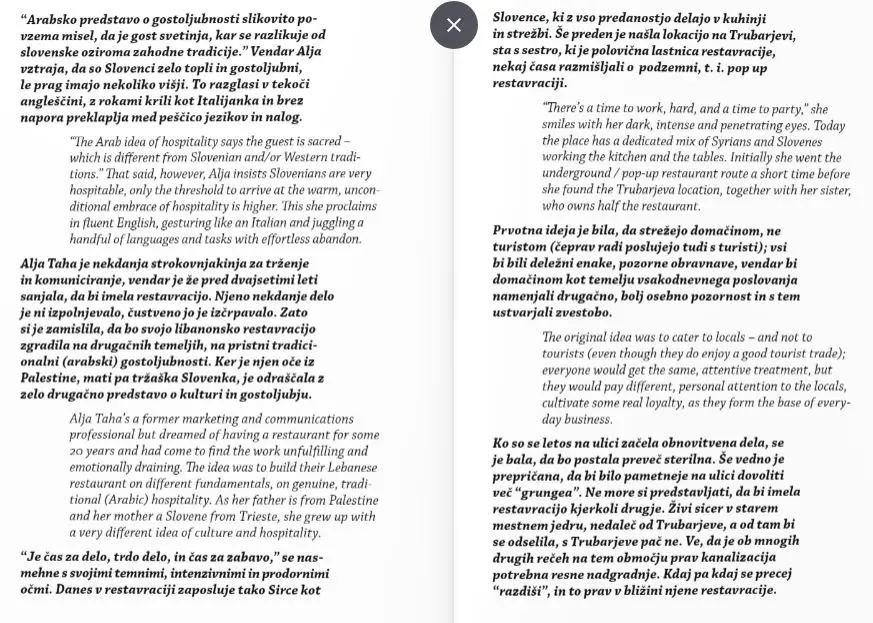
What draws most is the variety of restaurants, from cheap to more expensive, with the mix at the time of writing including Chinese, Vietnamese, Indian, Bangladeshi, Thai, Italian, Lebanese, Turkish, Vegan and Slovenian, without even going into Skuhna and its rotating menu of dishes from Africa, South America and beyond, along with a great spice shop and Asian store.
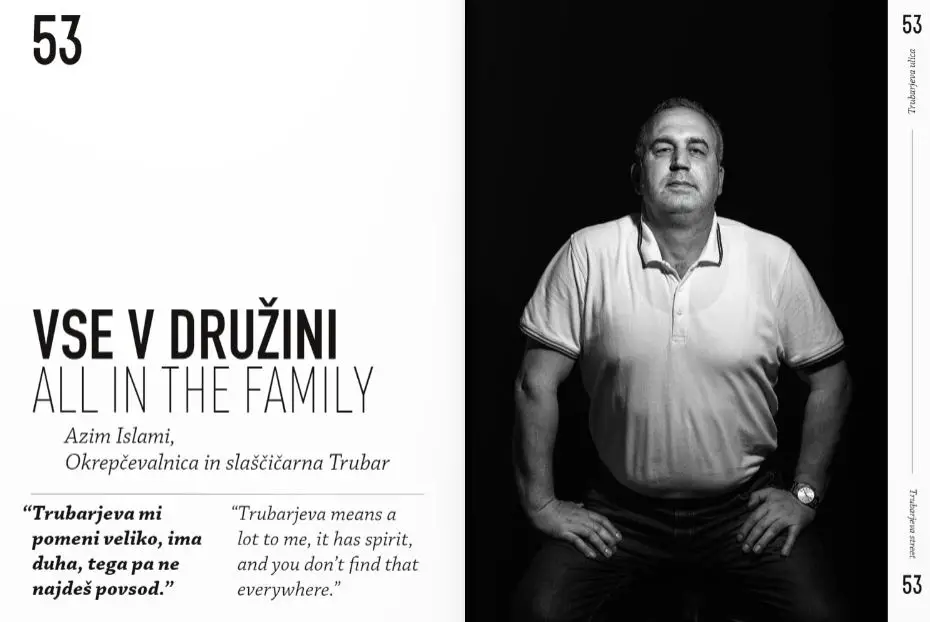
There are also some good cafés and bars, with Trubar alone seeing more of my income than anyone other than my landlady in my time on the street, although in some months it was close.
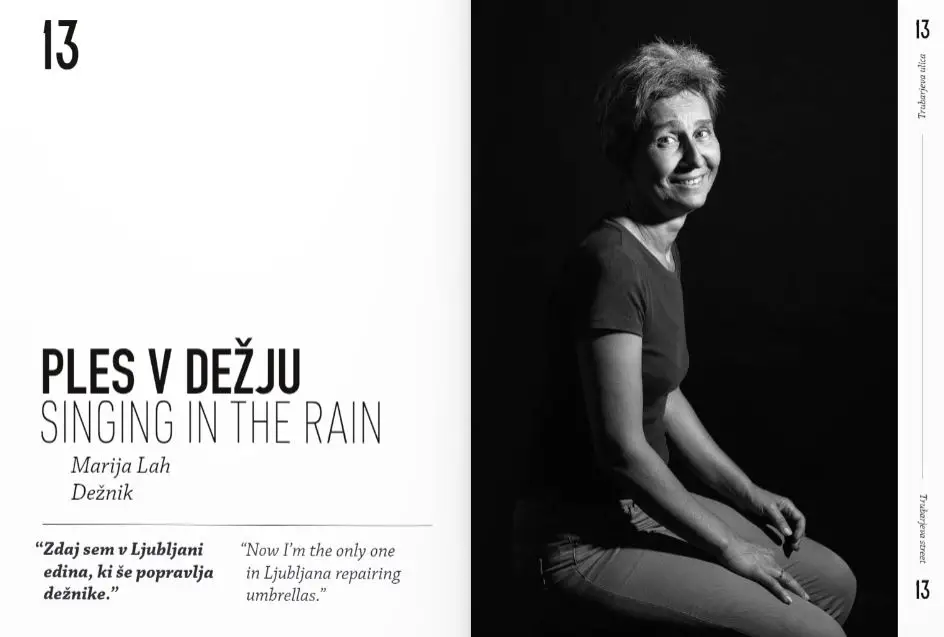
That umbrella repair store? You can see a documentary on it here
Beyond restaurants and bars, on Trubarjeva you can buy buttons and beads, get your watch or shoe repaired, try a fur coat and second-hand clothes, antiques and art, bread and burek, sex toys and vaporisers. Have your photograph taken or get your hair cut, choose a skateboard or new pair of glasses, a book or umbrella, ride off with a bicycle, equip your home for growing marijuana or stock your fridge with craft beer, purchase health food or handmade chocolates, go to a rave, work with some refugees, attend the "Sigmud Freud University" or watch some graffiti get made. Something for almost everyone.
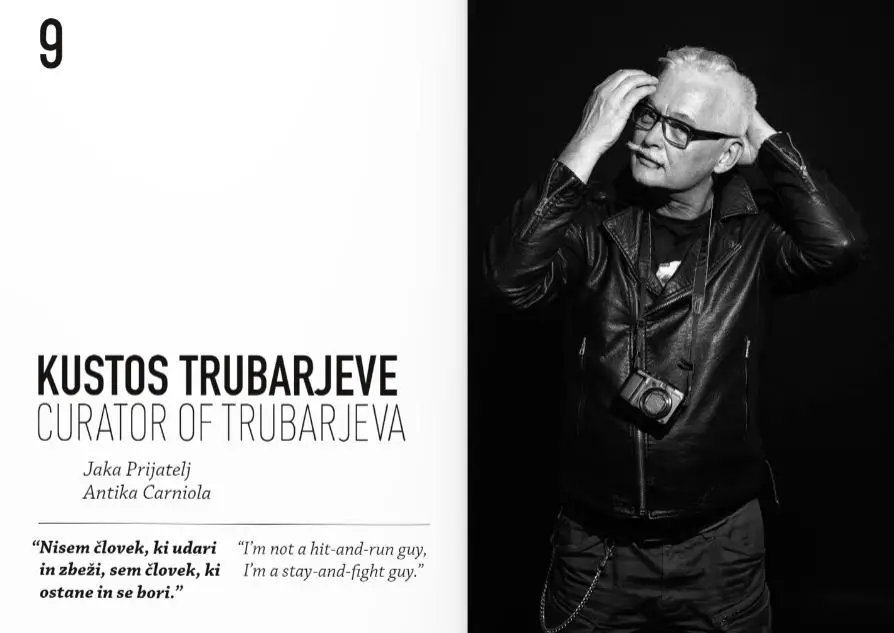
You can read our story on Antika Carniola here
Which is to say I’m the ideal reader for a new book, Trubarjeva, Expressions of A Street in Transition, which is being launched next week but can currently be viewed entire online and a paper copy ordered here.
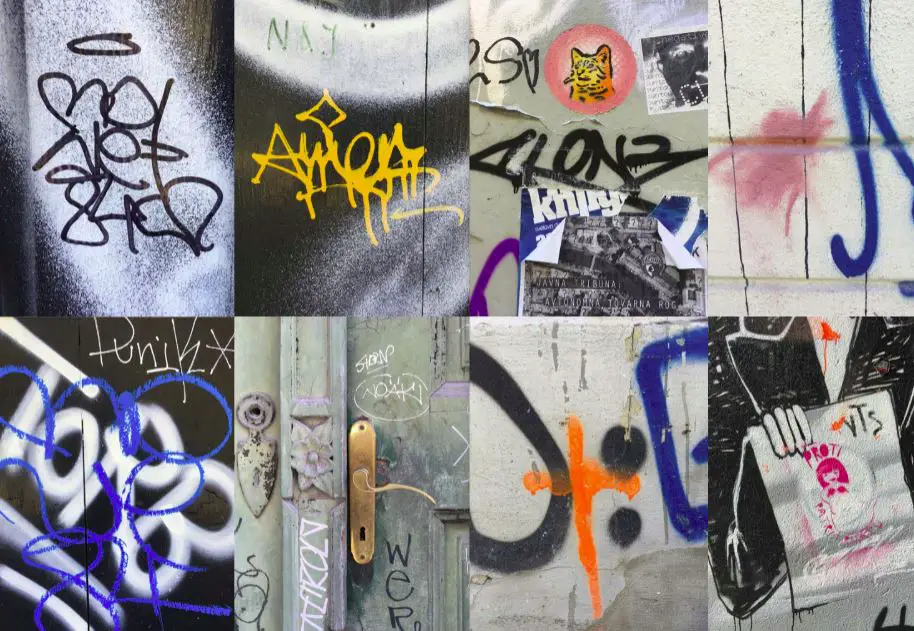
With texts by Jeff Bickert, in Slovene and English - so great for learning the language, sketches of the street by Blaž Budja, photographs by Manca Juvan and design by Sava Kosmač, it’s a 144-page look Trubarjeva with a variety, colour and cool that are worthy of the street itself. Structured around interviews with people who live and work on Trubarjeva, with faces familiar to anyone who hangs out there a lot, you’ll learn how the street was, how it is, and some of the hopes and fears for the future. Trubarjeva is a unique part of Slovenia that’s changing fast, one that may not survive in its current form for many more years, so it’s good this book is here to document a time of transition.
All our stories on Trubarjeva can be found here
STA, 30 January 2020 - Slovenia's most polluted cities are located in the east of the country, with air quality improving compared to the situation half a century ago, shows a survey by the National Institute of Public Health. However, air pollution is still the key environmental factor affecting health and premature mortality rates, the newspaper Delo reports Thursday.
The air in Celje and Zagorje in the east, and Murska Sobota in the north-east is found to be the most polluted in Slovenia in terms of particle pollution. The daily concentration of dust particles in these cities exceeds the statutory limit more than 35 times per year.
Excessive particle pollution was also recorded in Maribor, as well as Hrastnik and Trbovlje which, like Zagorje, are situated in the industry-heavy Zasavje region, shows the survey on Slovenians' mortality rates in cities plagued by particle pollution.
Poor air quality has a significant detrimental effect on cardiovascular disease, according to the National Institute of Public Health. Between 2016 and 2018, when the study was conducted, almost 1,000 people died from pollution-related causes, accounting for almost 25% of all deaths in the cities in the study.
Up to 70 cardiac patients per year die due to air pollution health ramifications in Ljubljana, while in Celje citizens were exposed to excessive levels of PM10 particles in the air for almost a month and a half in total last year.
Due to air pollution, aggravated by traffic and, most notably, household emissions, Slovenia records 1,700 cases of premature deaths, shows the Environment Agency data.
STA, 29 January 2020 - The number of students with special needs in primary and secondary schools in Slovenia has been rising in recent years. Almost 7% of primary school students and even more secondary school students have been formally recognised as having a disability that qualifies them for special treatment. Opinions on the reasons why this is so vary.
Data from the Education Ministry show that in the 2015/2016 school year, 5.91% of primary school students had an eligibility decision guaranteeing special treatment based on their disability; in this school year the share rose to 6.97%, which means 13,075 students.
A similar trend can been seen with secondary school students, where the ministry has been keeping records since 2010/2011. In the last decade, the share of special needs students almost doubled from 3.36% to 7.27% (5,331 students).
By far the largest share of eligibility decisions issued by the Education Institute, are for learning disabilities. For primary school students this share is at 40% and for secondary school students at over 50%.
These statistics have prompted the Education Ministry to open a debate on whether any changes are needed in the current system.
There have been questions as to whether there are indeed more children with special needs, or whether society has only become more sensitive to disabilities.
The head of the department for children with special needs at the Education Institute, Natalija Vovk Ornik, believes the answer is a little bit of both.
She thinks the reasons for the higher share of children with special needs could be medical progress, larger cohorts, the impact of the environment, or a number of other factors.
"One of the reasons is definitely that the diagnostic standards for recognising certain disabilities have changed, and the awareness of both experts and the public about disabilities in general has increased," she said.
She thinks the system is not being abused very often. But there are various types of "pressure" coming from parents as well as daycare centres and schools for a child to receive the eligibility decision and thus additional assistance, she said.
Janja Čolić, a teacher at the Janko Kersnik Brdo primary school, agrees. "Indeed, we are better at recognising children with special needs today. But on the other hand, it also happens that parents and teachers immediately think of additional assistance when a child is not performing well, rather than analysing potential causes in more detail.
"All too often parents are the initiators of additional assistance when they are not happy with their child's grades, as Cs and Ds are no longer acceptable grades in primary school," she said.
Meanwhile, an association bringing together representatives of school councils warns that parents are not to be blamed for the rise in the share of students with special needs.
They note that parents indeed have the right to initiate the procedure but that the final decision is made by a commission of experts and the Education Institute.
They believe the Education Ministry should conduct an independent analysis to determine whether the number of eligibility decisions is indeed too big and then determine why this is so.
They also propose several changes to the decision-making process, most notably uniform criteria.
The Education Institute agrees changes are needed. Vovk Ornik thinks the types of assistance that a child with special needs is entitled to should be determined by law. She also called for changes to the composition of the commission and the conditions for initiating the procedure.
In 1920, thirteen individuals and experts of the Section for Conservation of Nature at the Museum Society of Ljubljana presented the so called Spomenica (memorandum), a call for systemic environmental protection. Spomenica was presented in four main points to the Slovenian provincial government of the then Kingdom of Serbs, Croats and Slovenes.
At its anniversary, the Ministry of Environment and Spatial Planning published the four proposals of the Memorandum and provided a historic and current context for each of them:
- Request of Spomenica: "Alpine, mid-mountain (forest) and wetland protection parks should be established."
About 100 years ago: The Alpine Conservation Park was established in the Triglav Lakes Valley in 1924. Before that, part of the old Kočevje forests on the Auersperg estate were excluded from economic exploitation in 1888.
Today: At this point, all requirements have been met and even exceeded. Triglav National Park was established for the protection of that part of the Alps. The valley of the Triglav Lakes has been protected continuously from 1961 until today as part of the Triglav National Park, and especially as a natural monument of the Triglav Lakes Valley. As such it stands as a symbol of Slovenian environmental protection.
Today, the Slovenian natural environment is protected by one national park, three regional parks, 49 natural landscape parks, 56 nature reserves and 1,164 natural monuments, which together comprise 13 percent of the Slovenian territory.
Since 2011, Slovenia's natural parks have been integrated into the Slovenian Community of Parks, which is governed by fifteen protected area managers related by a common interest in nature conservation and preservation of the balance between effective environmental protection and cultural heritage through various activities. The Slovenian Community of Parks consists of: Triglav National Park, Kozjansko Regional Park, Notranjska Regional Park, Skocjan Caves Regional Park, Debeli rtic Landscape Park, Goričko Landscape Park, Kolpa Landscape Park, Ljubljansko Barje Landscape Park, Logarska Valley Landscape Park, Pivka Intermittent Lakes Landscape Park , Radensko Polje Landscape Park, Sečovlje Saltpans Landscape Park, Strunjan Landscape Park, Tivoli Landscape Park, Rožnik and Šišenski hrib, Skocjanski zatok Nature Reserve and Ormož Lagoon Nature Reserve.
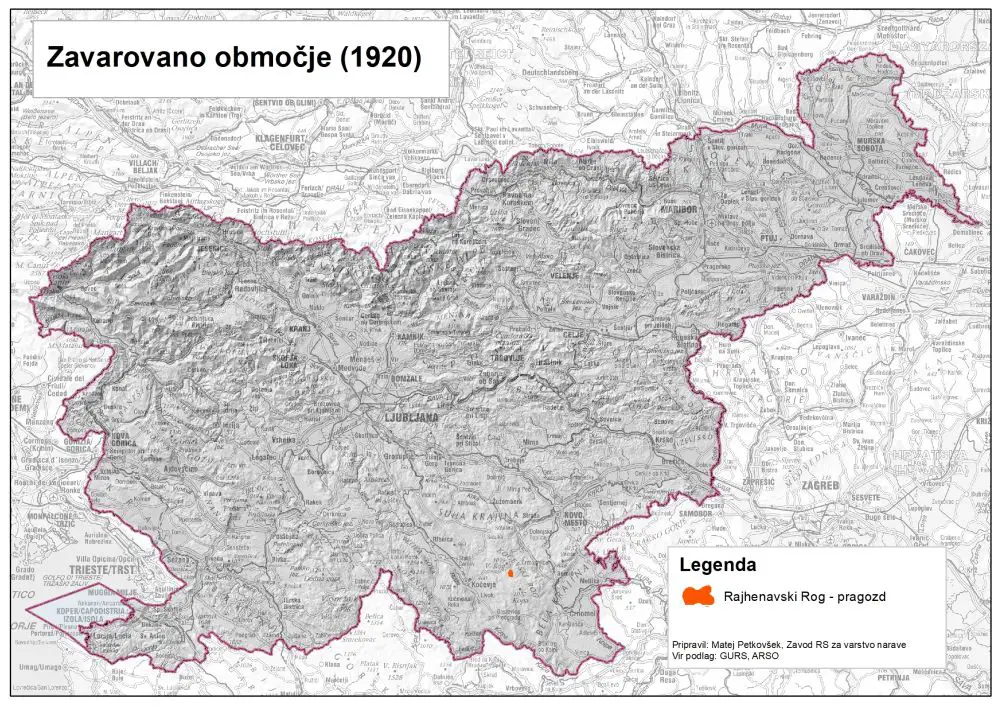
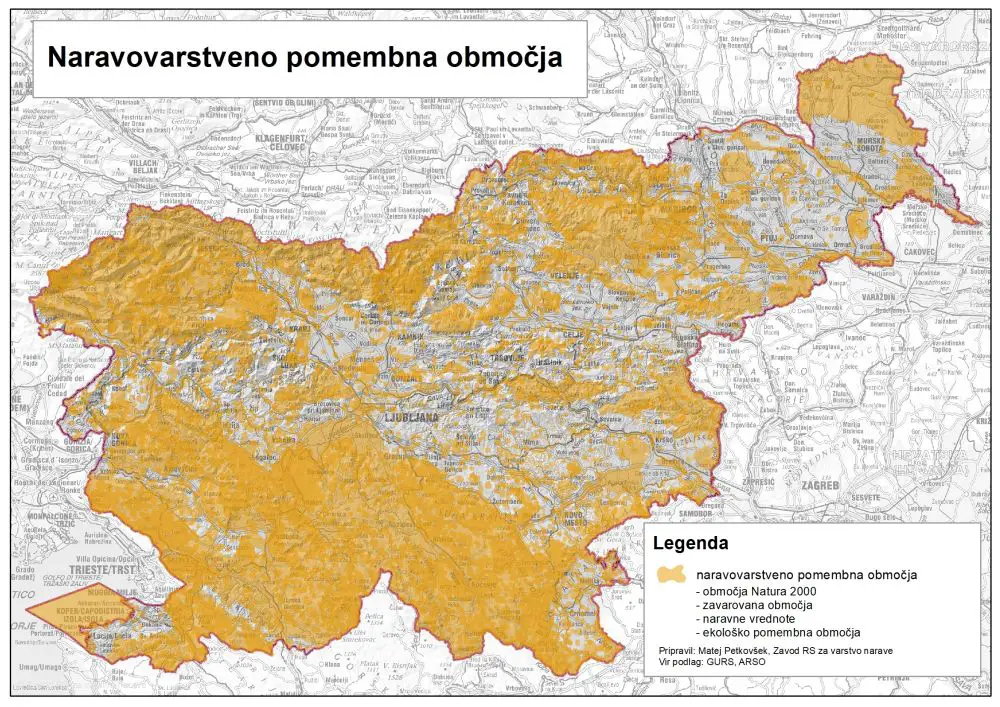
- Request of Spomenica: "The law should prohibit killing and destroying of rare animals and plants and of those typical of our environment or of scientific interest."
About 100 years ago: The trend for the protection of species in Slovenia began with the protection of Planika (Edelweiss) in 1896, and in 1910 the Law on Protection of Useful Birds was adopted. By the time when Spomenica was introduced, some species were already protected by the Fisheries Act and the Hunting Act. An explicit request for the protection of 68 species was made in Spomenica. Among them, there were 13 species of plants, 22 species of birds, all species of reptiles (22 species) and toads (two species) and four insect species: the Alpine longhorn beetle and Carabus gigas (orjaški krešič), Mountain Apollo butterfly and Carniolan bee. Protection of the bear, reindeer, Alpine ibex, chamois and Alpine marmot was also required.
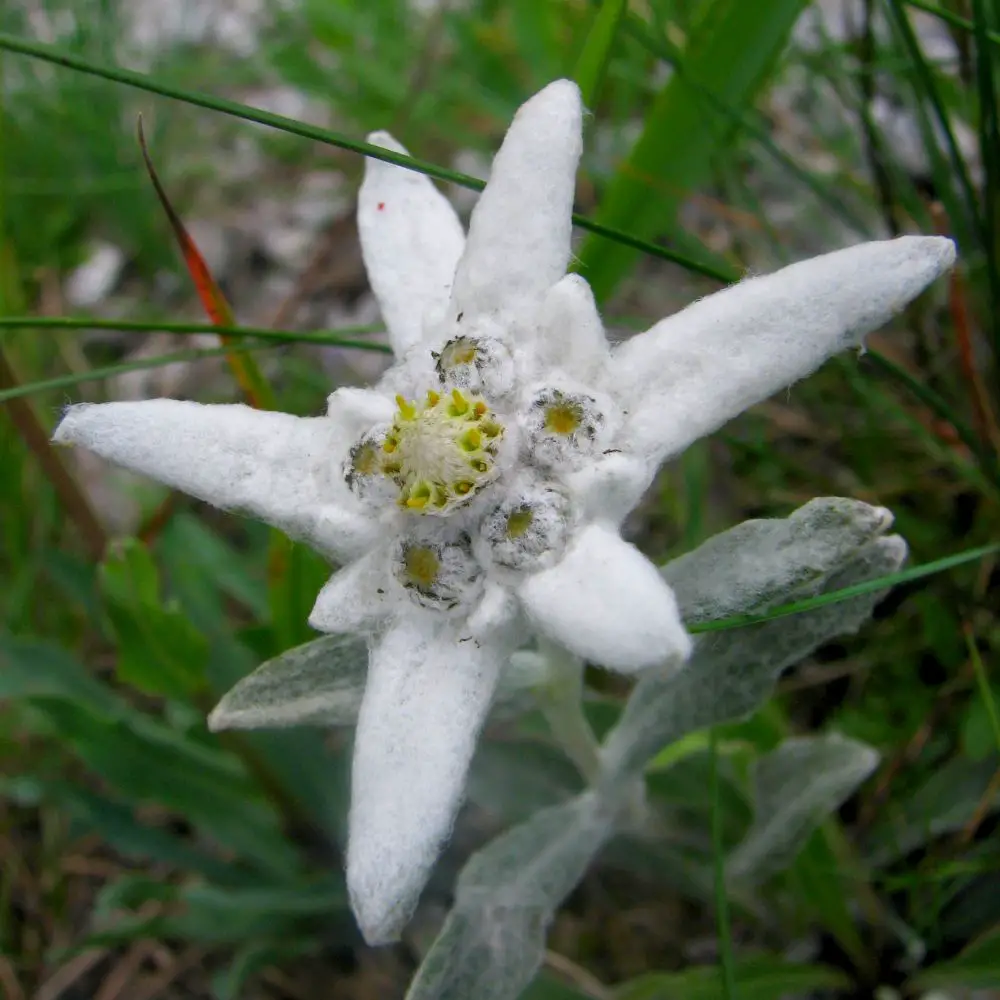
Today: About 19,000 animal and 4,000 plant species live in Slovenia, of which more than 2,000 species are listed as endangered. A government decree protects almost all plant and animal species cited by Spomenica and many others that are endangered. Among others, almost all species of amphibians, reptiles, birds, all bats, all large carnivores, cave bugs, all kinds of beetles and butterflies above the tree line are protected. More than 200 animal and more than 20 plant species are protected within the Natura 2000 network.
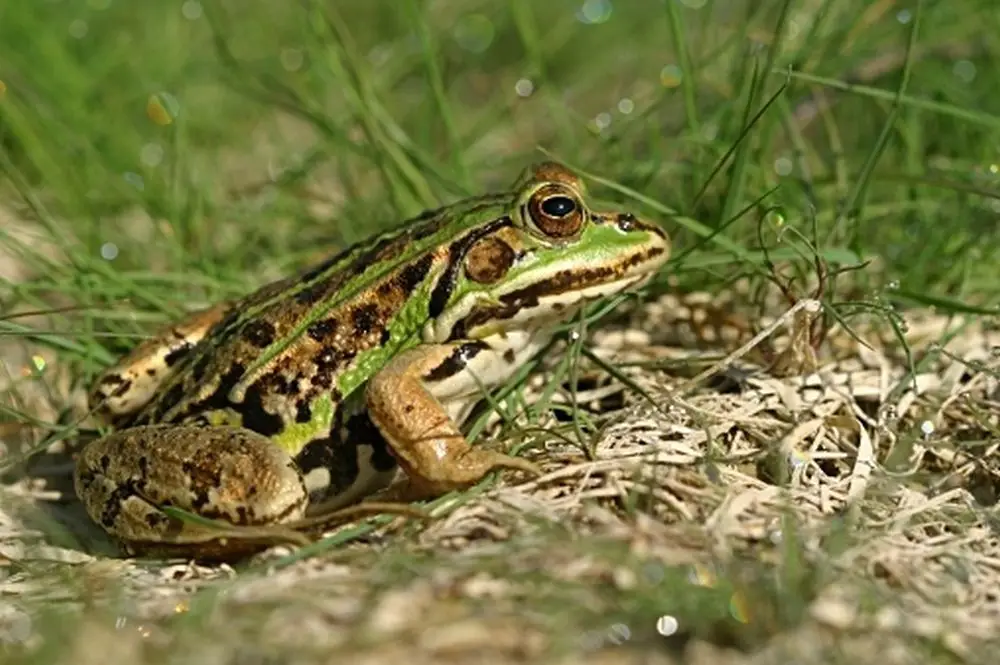
- Request of Spomenica: "Underground caves with interesting fauna and flora should be placed under supervision."
100 years ago: At the beginning of the previous century, the exploitation of cave fauna for profit was common. Spomenica points out that "various foreigners came and systematically terminated cave fauna". It proposes that caves be owned by the state and that entry into caves be controlled.
Today: All underground caves have been owned by the state since 2004. With regard to the rules of entry, they are divided into open caves with free entry, open caves with controlled entry and closed caves, which, due to their vulnerability, are only exceptionally accessible for scientific purposes with permission and under professional supervision.
All types of cave bugs are protected, and the law prohibits hunting, killing and removing from caves any animals that live or occasionally stay in them. Nonetheless, examples of poaching and trafficking of cave animals still occur.
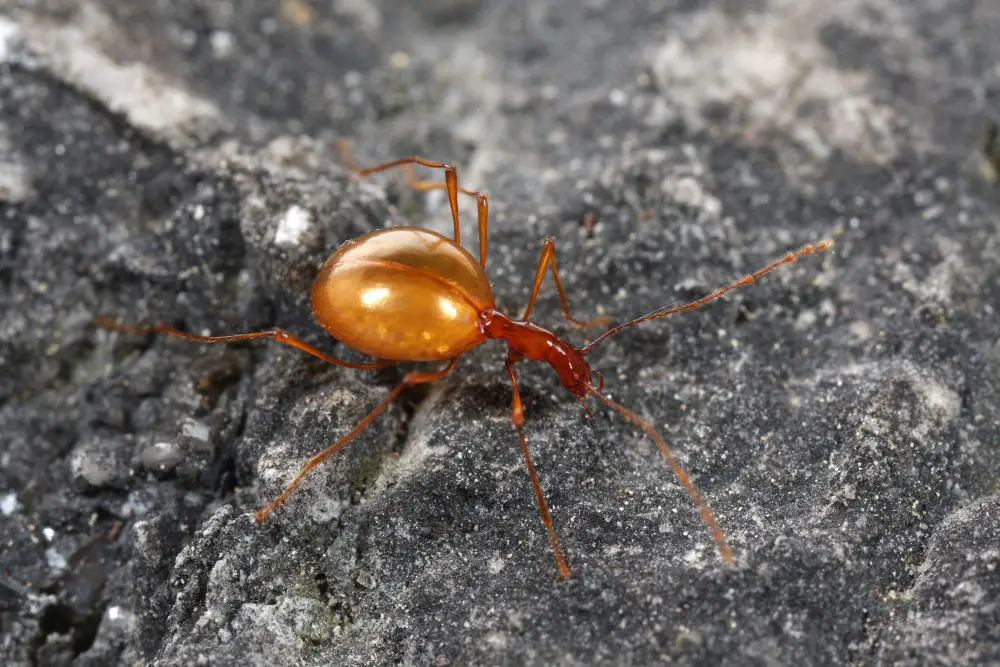
Waste and sewage pollution of the cave world is slowly improving due to mandatory treatment of waste water and the compliance with the prescribed standards of agricultural fertilization.
- Request of Spomenica: "Awareness should be raised among the general public for the conservation of nature in general"
Environmental protection is communicated by the Ministry of the Environment and Spatial Planning, the Institute of the Republic of Slovenia for Nature Conservation and the managers of protected areas. A range of activities are carried out by non-governmental organizations from different nature protection fields – be it those who deal with groups of species or those that deal with areas. Important contributors to the dissemination of knowledge are also the media and their reports.
Although pressures on the environment today are higher than ever and biodiversity is on decline globally, and in Slovenia, the country ranks among the top in the world according to its nature preservation endeavours.
In an opinion poll on Natura 2000, conducted by Parsifal in Slovenia in 2019, more than 80% of Slovenian respondents are prepared to avoid visiting a certain area, adapt the use of fertilizers, remove invasive alien species or not cut in a part of the forest, or cut certain trees, in order to protect nature (Parsifal, 2019).
That conservation of nature is one of the fundamental national values, as also proven by the high ranking of Slovenia in various international lists. Yale University ranked Slovenia as the fifth greenest country in the world, and National Geographic as the greenest country in the world. Slovenia also ranks fourth in the Legatum Prosperity Index in the environmental category.
Today, 56.9% of the sea and land of the Republic of Slovenia is under nature protection measures; in the European Union Slovenia ranks first by the share of Natura 2000 (network of nature protections areas in the EU) protected areas in the country, which amounts to over 37%.
